Our challenge is to move from this...
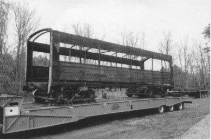 Photo by Conrad Baut
Photo by Conrad Baut
to this...
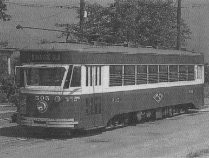 Photo by Lawson Hill
Photo by Lawson Hill
Our challenge is to move from this...
 Photo by Conrad Baut
Photo by Conrad Baut
to this...
 Photo by Lawson Hill
Photo by Lawson Hill
Donations may be sent to: ECTMA, Project 505, PO Box 20019, Scranton, PA 18502. Please make your check payable to: ECTMA Project 505. The Electric City Trolley Museum Association is a non-profit educational organization and is recognized by the Internal Revenue Tax code as a 501(c)(3) organization. The official registration and financial information of Electric City Trolley Museum Association may be obtained from the Pennsylvania Department of State by calling toll-free, within Pennsylvania, 1-800-732-0999. Registration does not imply endorsement.
If you are interested in being part of the "Project 505" contact John Sheerin, Chairman, 505 Project, Electric City Trolley Museum Association, PO Box 20019, Scranton, PA 18502. Email can be sent to: trolley505@yahoo.com
In 1929, Scranton Railway Company began a modernization program with the purchase of ten "Electromobiles" built by the Osgood Bradley Car Company of Worcester, Massachusetts. These were the most modern streetcars available at that time. Over the next twenty-five years, these ten cars, numbered 501-510, provided excellent trolley service over the remaining lines of Scranton Railway Company. On December 18, 1954, the last run of the Green Ridge Suburban trolley line was made and the service was provided by several of these Electromobiles. The following months after the "last run", all the remaining trolley cars were burned for scrap metal except for car 505. The 505 was purchased by an individual from upstate New York who was a private collector of railroad and streetcar equipment. Upon the death of the museum's owner, the family decided the entire collection was to be sold to other museum organizations. In the mid-1960's, 505 went to the Magee Transportation Museum in Bloomsburg, PA. Restoration was started on the car but halted when the museum acquired several other streetcars needing restoration. The Magee museum operation came to an abrupt end in 1972 when the entire region was flooded by a major hurricane. The Magee family decided not to rebuild and once again the 505 along with all the other streetcars was sold. This time another trolley museum in central Pennsylvania purchased the 505. The 505 was loaded onto a flatbed tractor trailer and it began its trip from Bloomsburg to central Pennsylvania. The truck broke down near Burnham, PA and the 505 spent the next twenty years sitting in a railway track salvage yard. Exposed to all the elements, the body of the 505 deteriorated. The wood and canvas roof rotted away. The main floor and the platform floor supports rusted out and the ends of 505 sat on the ground. Fortunately, during the time 505 was at the Magee Museum, all the seats, windows and all the interior wood detail parts were removed and were not subject to the ravages of Mother Nature! Once the "remains" of 505 arrived at its "third" home in central Pennsylvania, it was the decision of the museum's board of directors, due to the deteriorated condition of the car body, and other trolleys that needed restoration work, not to restore 505. The 505 was offered to the Electric City Trolley Museum Association and arrangements were made between the two organizations to acquire 505 for the Scranton Trolley Museum.
As of March of 2012, a "505 Committee" was authorized by the Board of Directors of the Electric City Trolley Museum Association. The 505 Committee is to proceed with raising needed funding for the complete restoration of the 505 to "operating condition". The 505 Committee is to organize a plan for the restoration work to be carried out in the Scranton area by local union crafts and a volunteer work force. The 505 Project theme is "Rebuilt with PRIDE in the Greater Scranton area". Plans are now underway to arrange the transportation of the car body and the two motor trucks, (the wheels), to Scranton. Once the car is moved to "temporary" storage, an inspection of the body frame will be made to determine what can be salvaged and what has to be fabricated. Many skills will be needed for this project to become a reality such as local welders, metal and wood workers, electricians, plumbers and painters. As bad as it looks, the good news is we have the motors, electric controls, air brake equipment, windows and seats. Some of the missing parts are available from the Association's parts inventory. Best of all, we have the original Osgood Bradley Car Company plans of the Electromobiles!
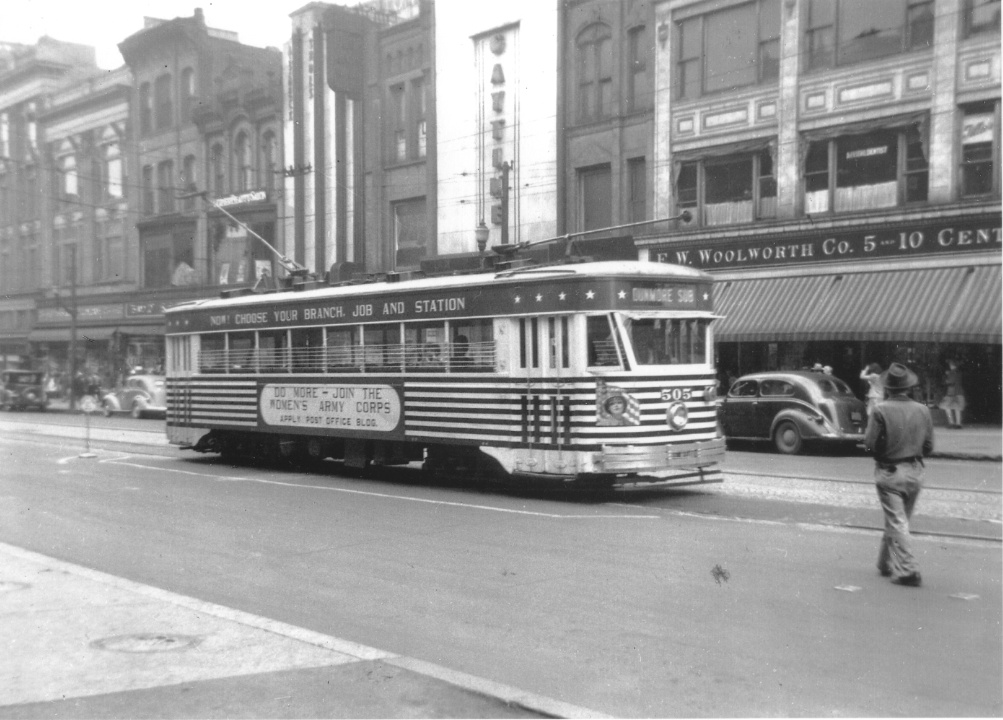 During the WW II years (1941-45) the #505 was painted for the recruiting of women for the war effort. -B. S. Chase photo collection.
During the WW II years (1941-45) the #505 was painted for the recruiting of women for the war effort. -B. S. Chase photo collection.
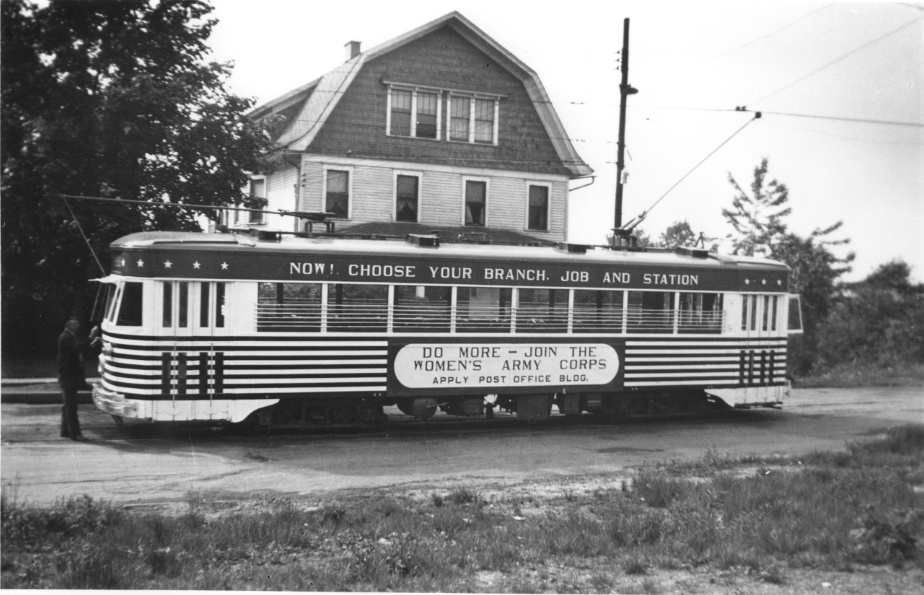 Another view of #505 painted for the recruiting of women for the war effort. End of Green Ridge suburban line, N. Washington Ave. at Fairfield St.-James L. Langan
photo.
Another view of #505 painted for the recruiting of women for the war effort. End of Green Ridge suburban line, N. Washington Ave. at Fairfield St.-James L. Langan
photo.
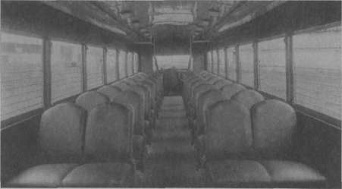 The interior of one of the Electromobiles. Quite a contrast to the older Scranton streetcars. -James Wert photo collection.
The interior of one of the Electromobiles. Quite a contrast to the older Scranton streetcars. -James Wert photo collection.
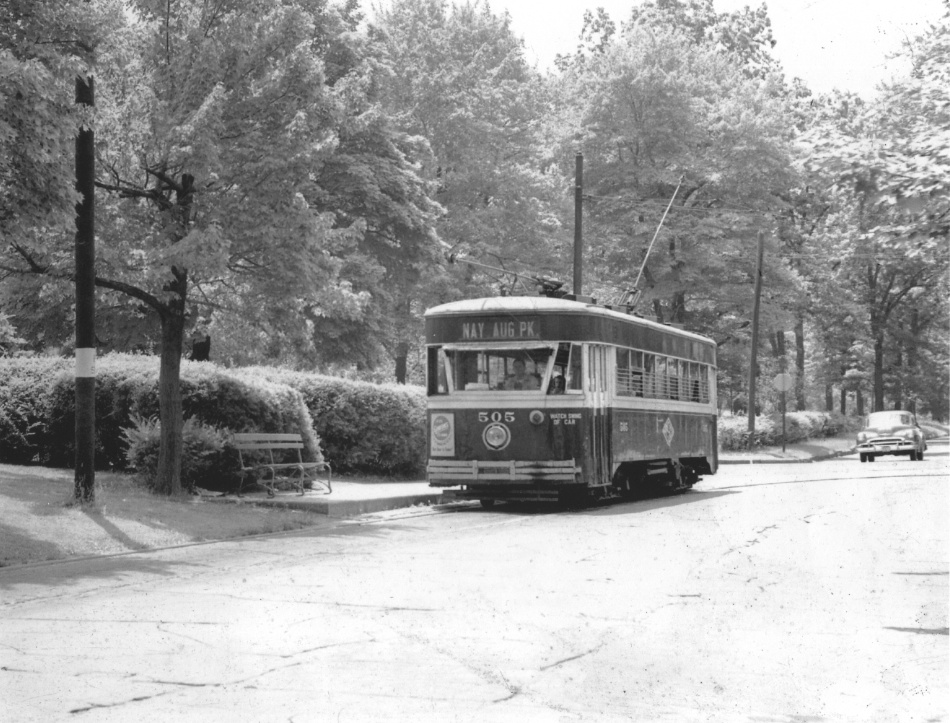 Car 505 at the end of the line at Nay Aug Park shortly before the line was converted to bus in 1953. -Railways To Yesterday photo collection.
Car 505 at the end of the line at Nay Aug Park shortly before the line was converted to bus in 1953. -Railways To Yesterday photo collection.
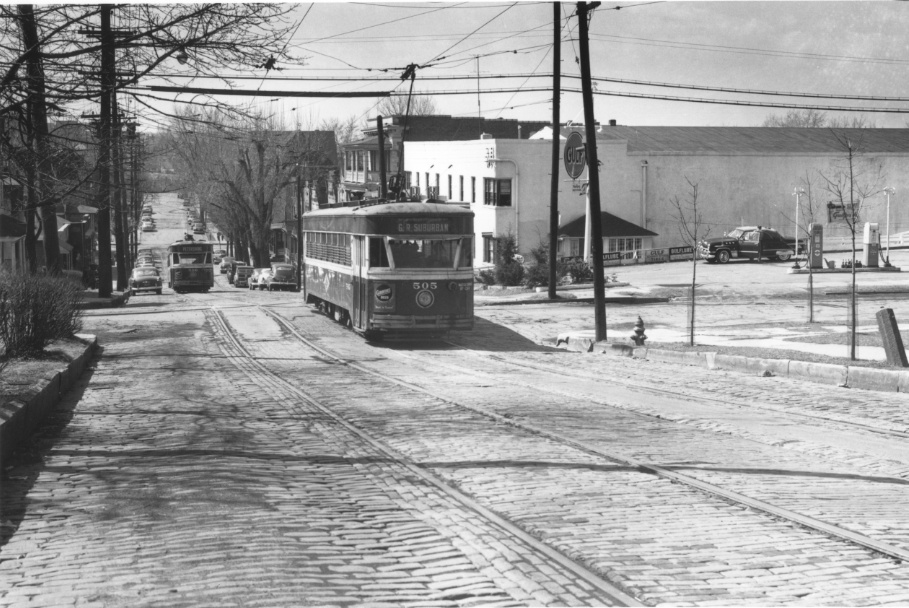 #505 on the Green Ridge suburban line. - Ed Miller photo.
#505 on the Green Ridge suburban line. - Ed Miller photo.
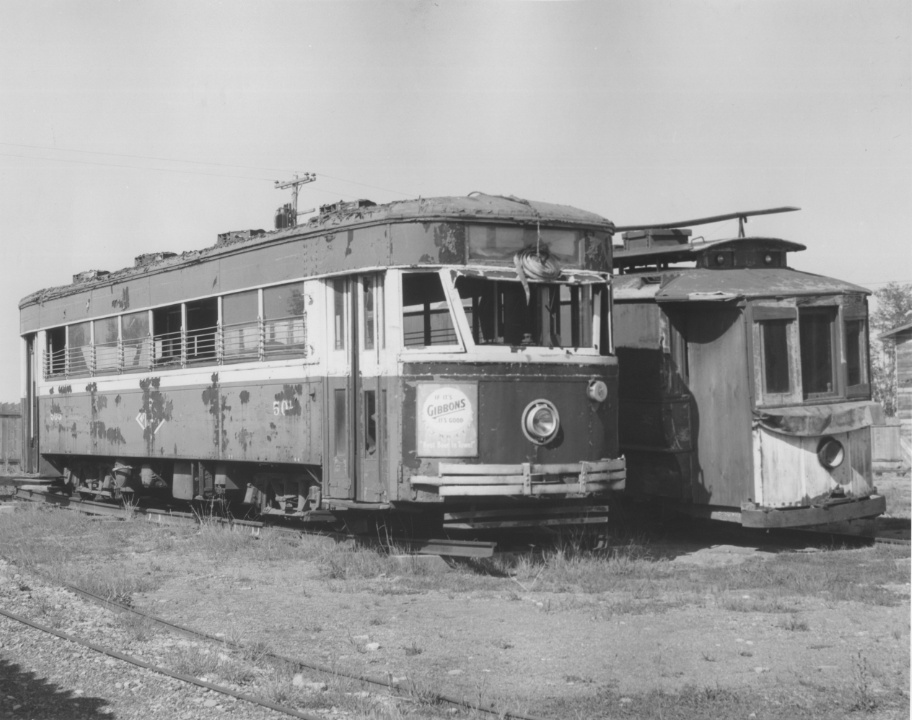 #505 at Rail City Museum, Sandy Pond, NY in 1959.
#505 at Rail City Museum, Sandy Pond, NY in 1959.
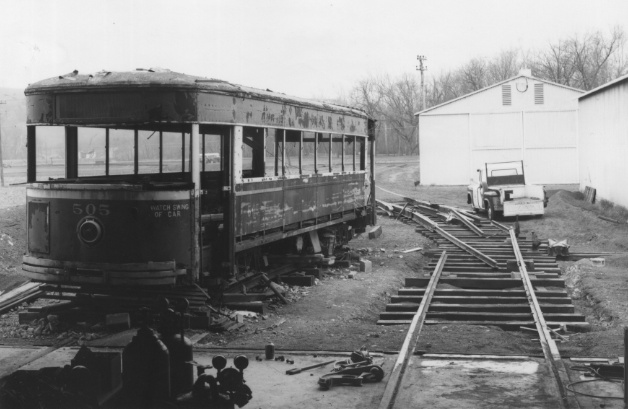
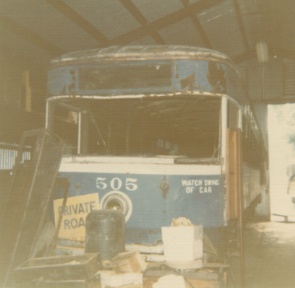 Car 505 at Magee Transportation Museum - Bloomsburg, PA.
Car 505 at Magee Transportation Museum - Bloomsburg, PA.
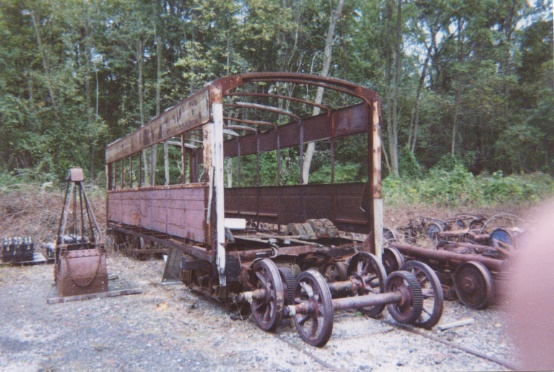
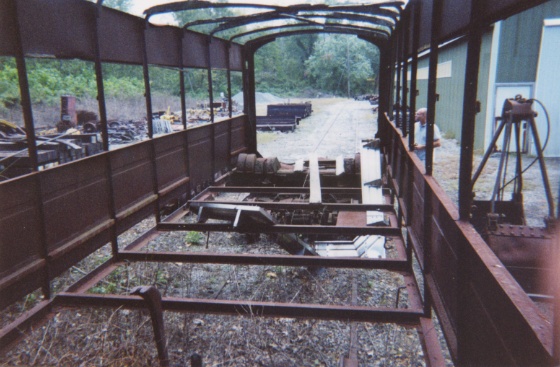 Car 505 as it appeared in 2012. - Dave Biles photos.
Car 505 as it appeared in 2012. - Dave Biles photos.
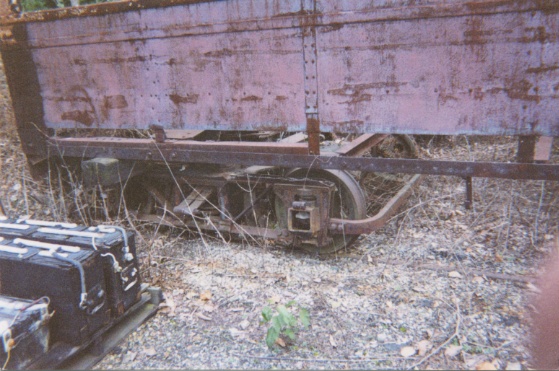
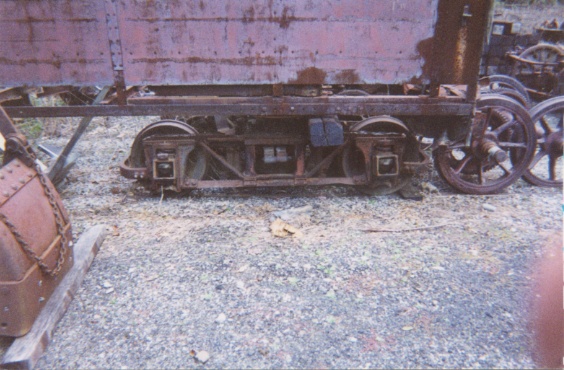 Car 505's trucks. - Dave Biles photos.
Car 505's trucks. - Dave Biles photos.
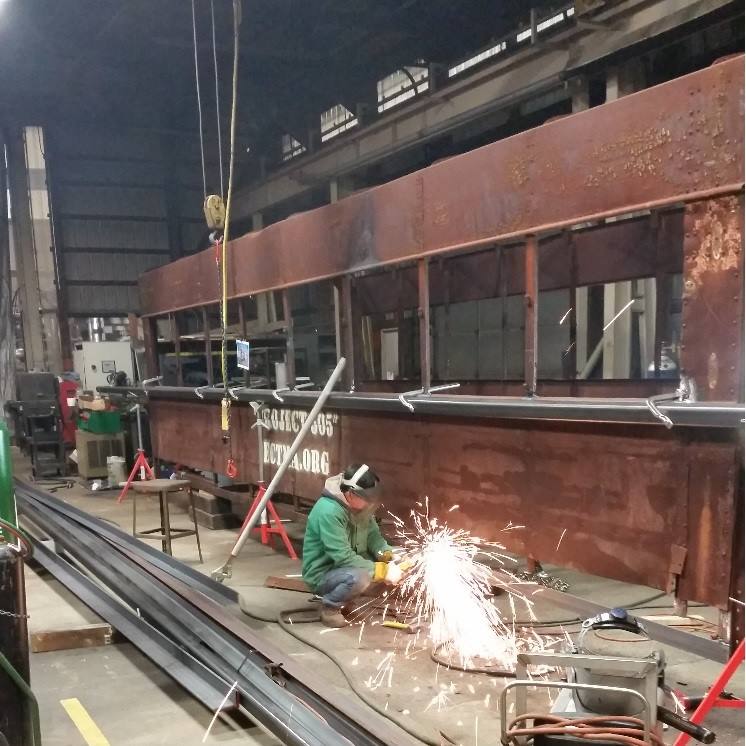 Metal work begins in December of 2015. Technicians remove any rusted steel and square the shell before welding in new material. -Rocco Genovese photo.
Metal work begins in December of 2015. Technicians remove any rusted steel and square the shell before welding in new material. -Rocco Genovese photo.
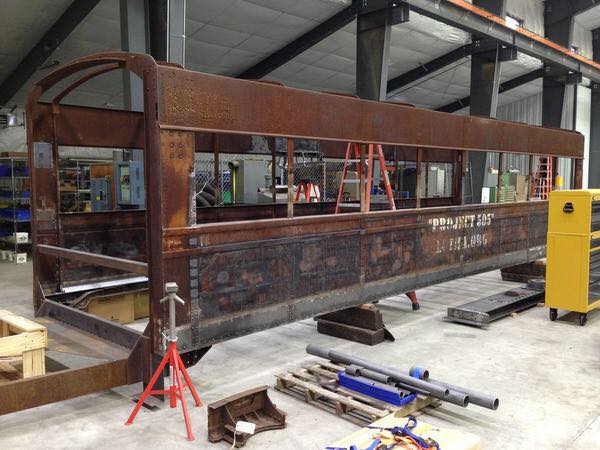 Original side sheets are patched and new platform knees are fabricated. -Rocco Genovese photo.
Original side sheets are patched and new platform knees are fabricated. -Rocco Genovese photo.
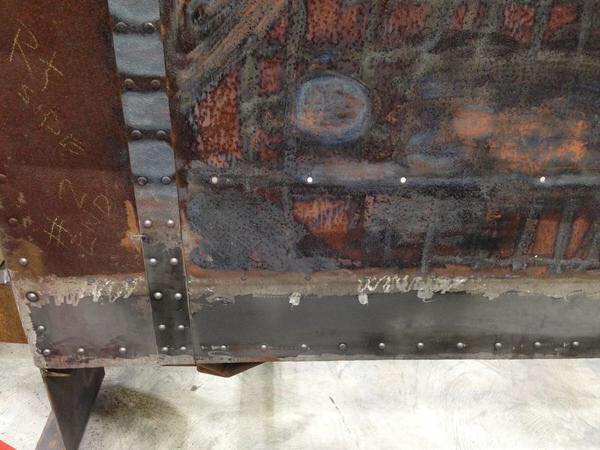 Close up of rivet detail. -Rocco Genovese photo.
Close up of rivet detail. -Rocco Genovese photo.
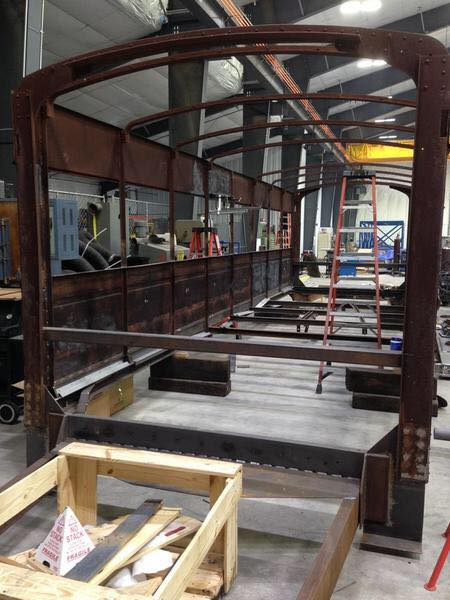 Window tee post sections and roof carlines salvaged from Queensboro Bridge car #601 are patched in to complete our main body shell. All new cross members are welded in. -Rocco Genovese photo.
Window tee post sections and roof carlines salvaged from Queensboro Bridge car #601 are patched in to complete our main body shell. All new cross members are welded in. -Rocco Genovese photo.
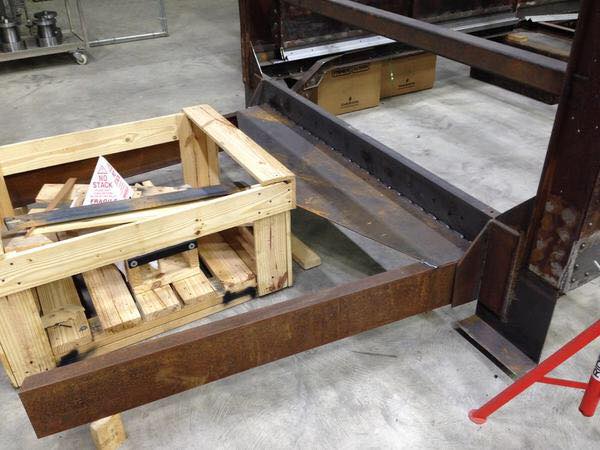 Platform detail. -Rocco Genovese photo.
Platform detail. -Rocco Genovese photo.
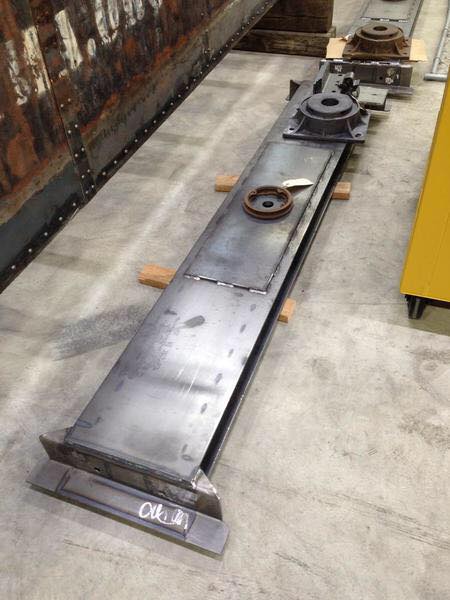 All new bolsters are fabricated to replace our damaged originals. -Rocco Genovese photo.
All new bolsters are fabricated to replace our damaged originals. -Rocco Genovese photo.
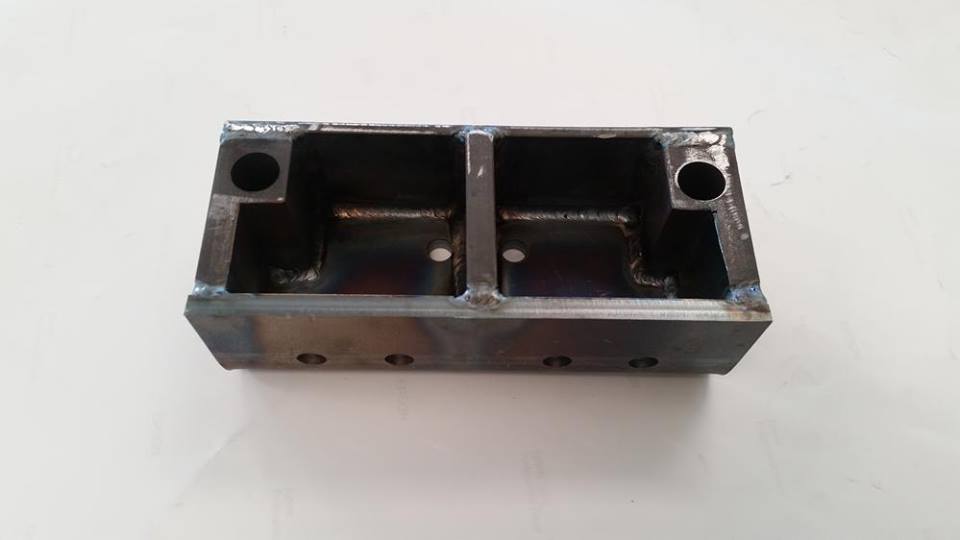 New bolster mounts replace the cast originals. -Rocco Genovese photo.
New bolster mounts replace the cast originals. -Rocco Genovese photo.
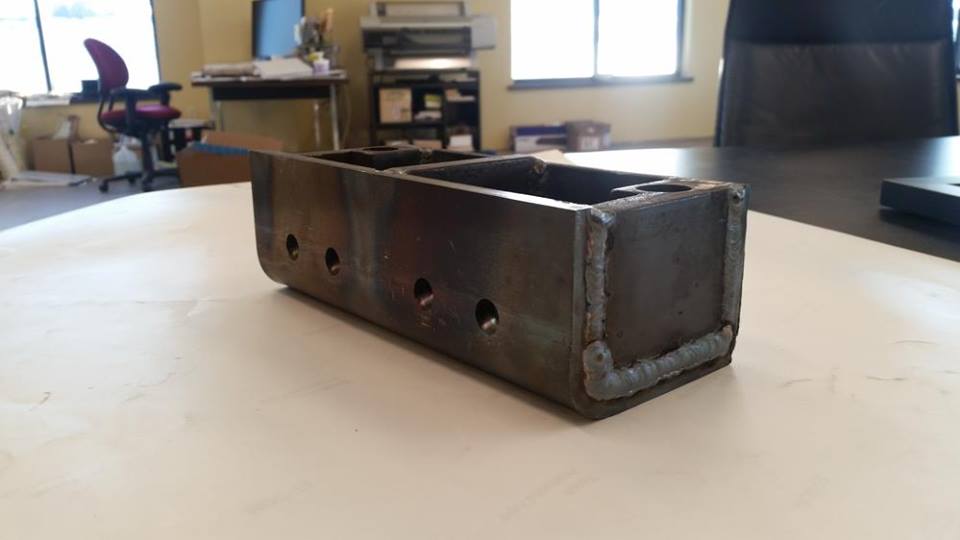 Detail of bolster mount. -Rocco Genovese photo.
Detail of bolster mount. -Rocco Genovese photo.
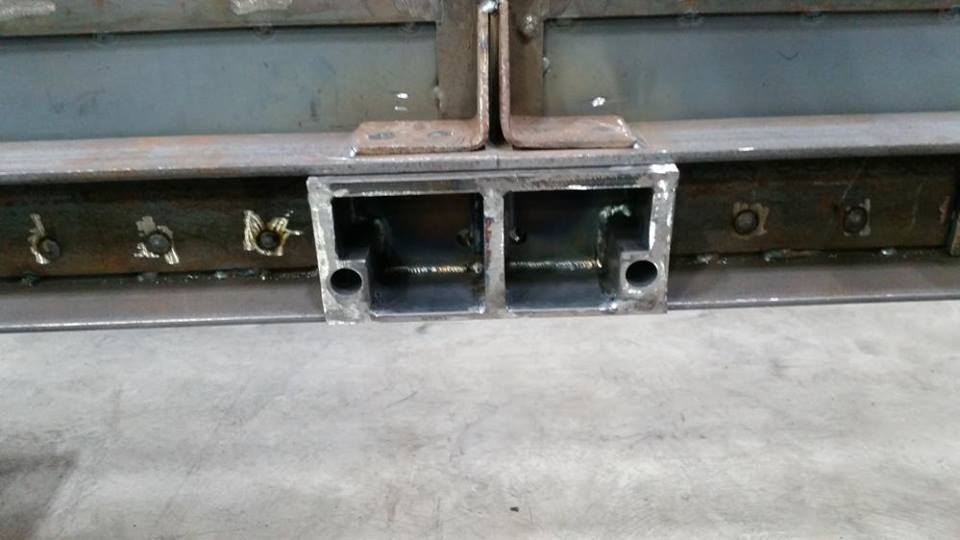 Bolster mounts are located on the body shell. -Rocco Genovese photo.
Bolster mounts are located on the body shell. -Rocco Genovese photo.
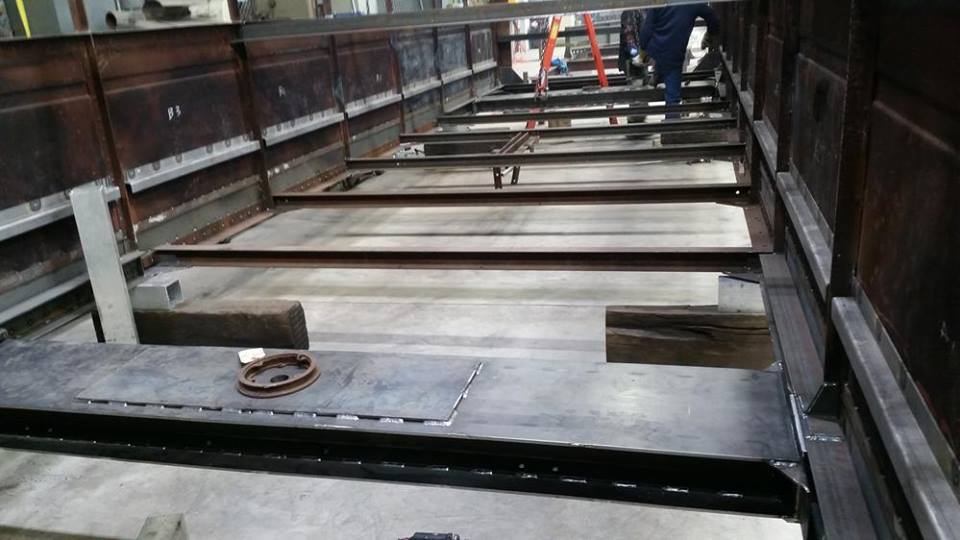 New bolster assemblies are mated to the refurbished body. -Rocco Genovese photo.
New bolster assemblies are mated to the refurbished body. -Rocco Genovese photo.
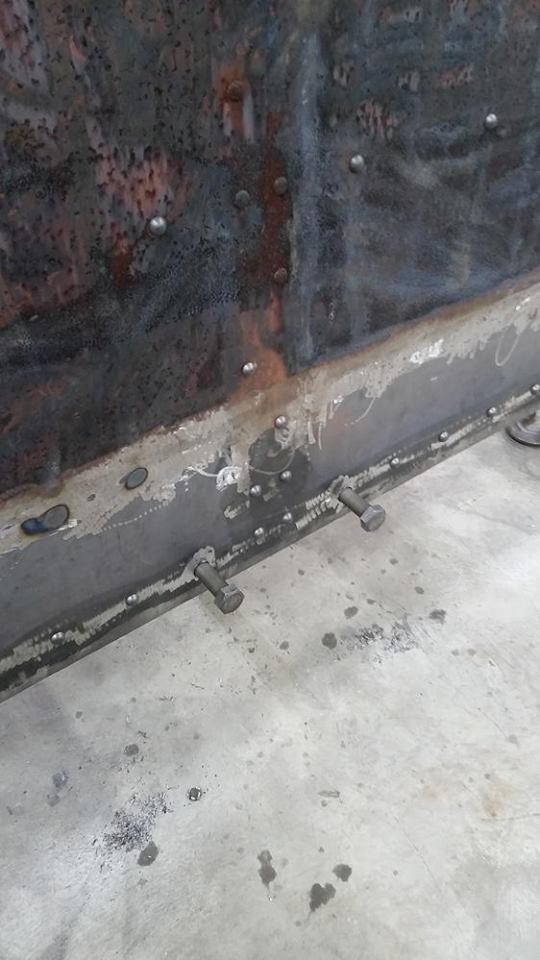 Bolster bolt detail. -Rocco Genovese photo.
Bolster bolt detail. -Rocco Genovese photo.
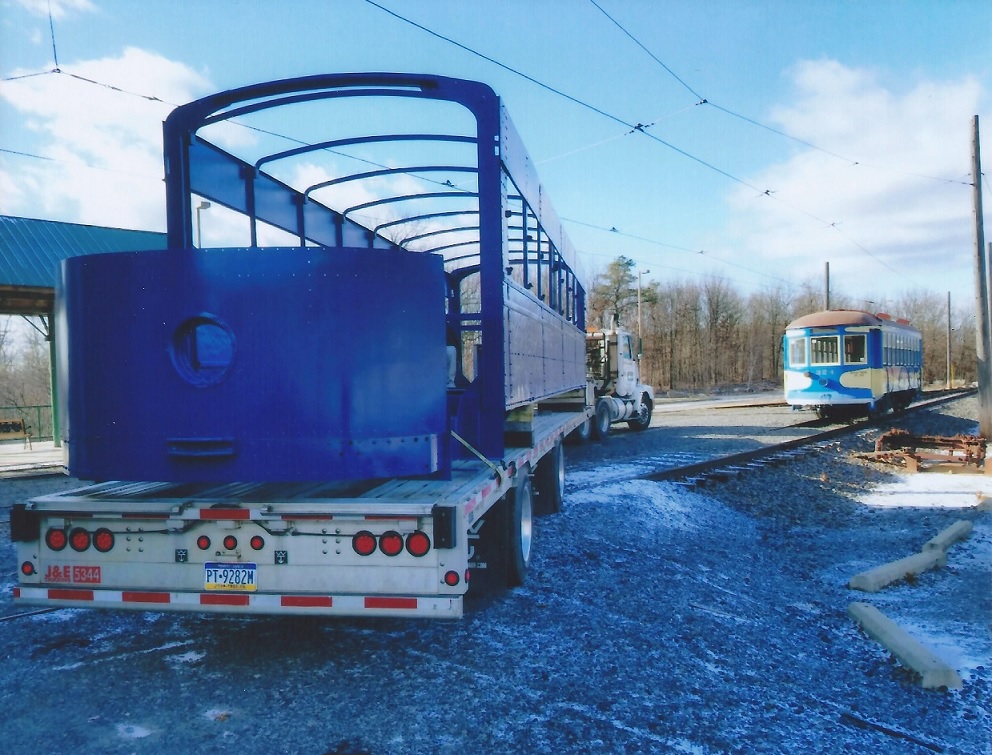 On December 13th, 2017, Car #505 returned to Scranton wearing a fresh coat of blue sealer. In the background is Scranton Railway #324. The last time these two cars were parked side by side would have been in 1941. -Photo by Dom Keating.
On December 13th, 2017, Car #505 returned to Scranton wearing a fresh coat of blue sealer. In the background is Scranton Railway #324. The last time these two cars were parked side by side would have been in 1941. -Photo by Dom Keating.
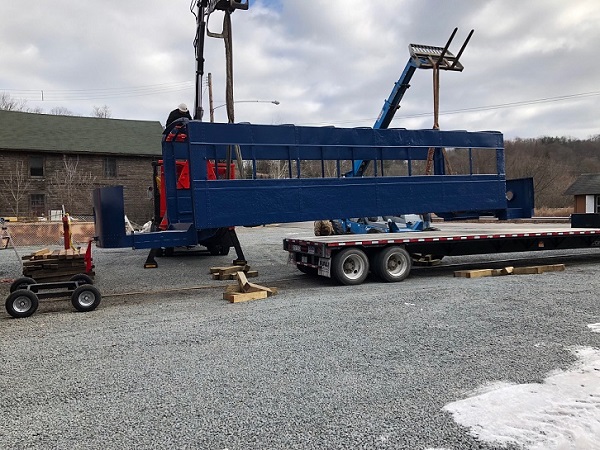
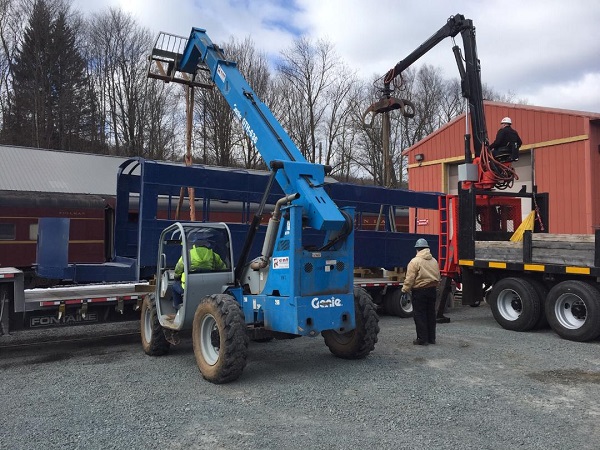
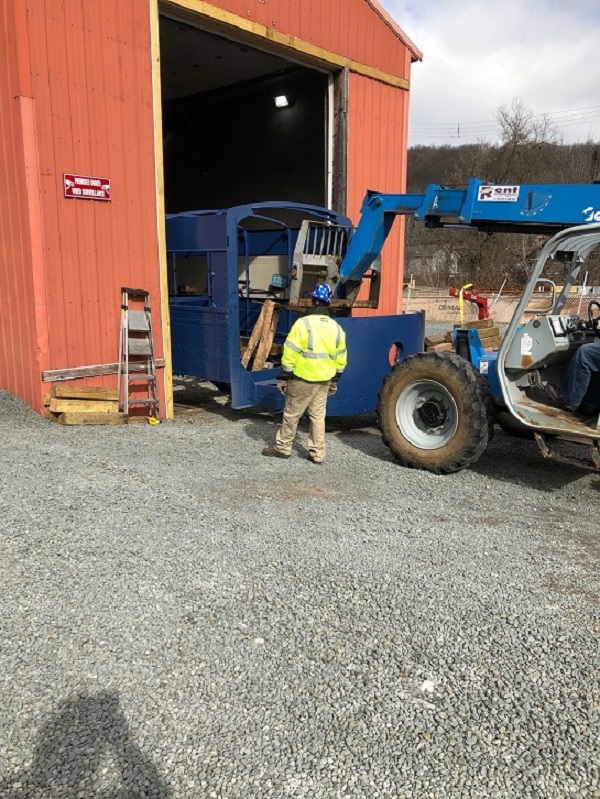
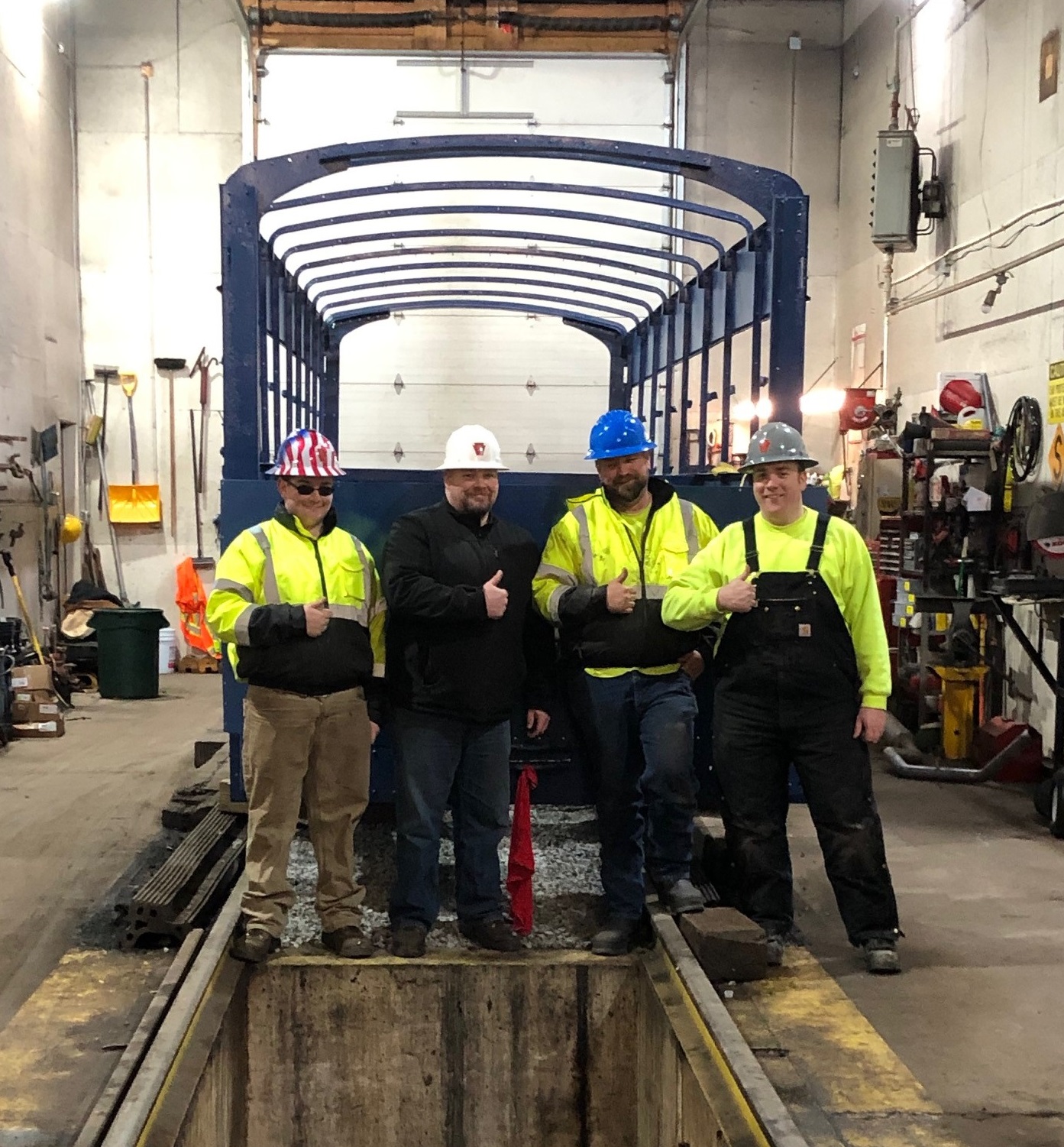 On Saturday, February 9th, 2019, Car #505 was moved to the Stourbridge Railroad shops in Honesdale, PA for further repairs. - Rocco A. Genovese photos.
On Saturday, February 9th, 2019, Car #505 was moved to the Stourbridge Railroad shops in Honesdale, PA for further repairs. - Rocco A. Genovese photos.
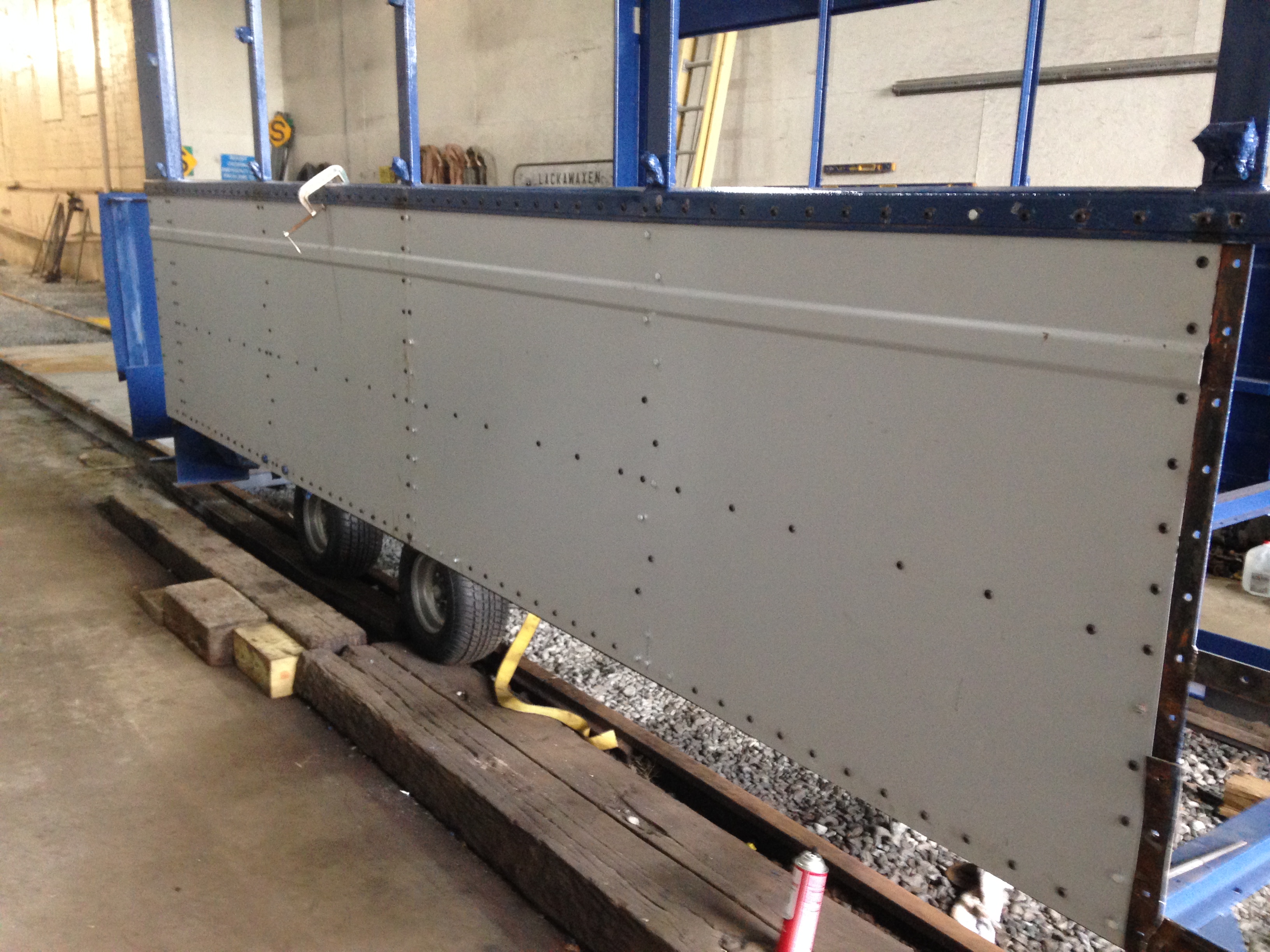
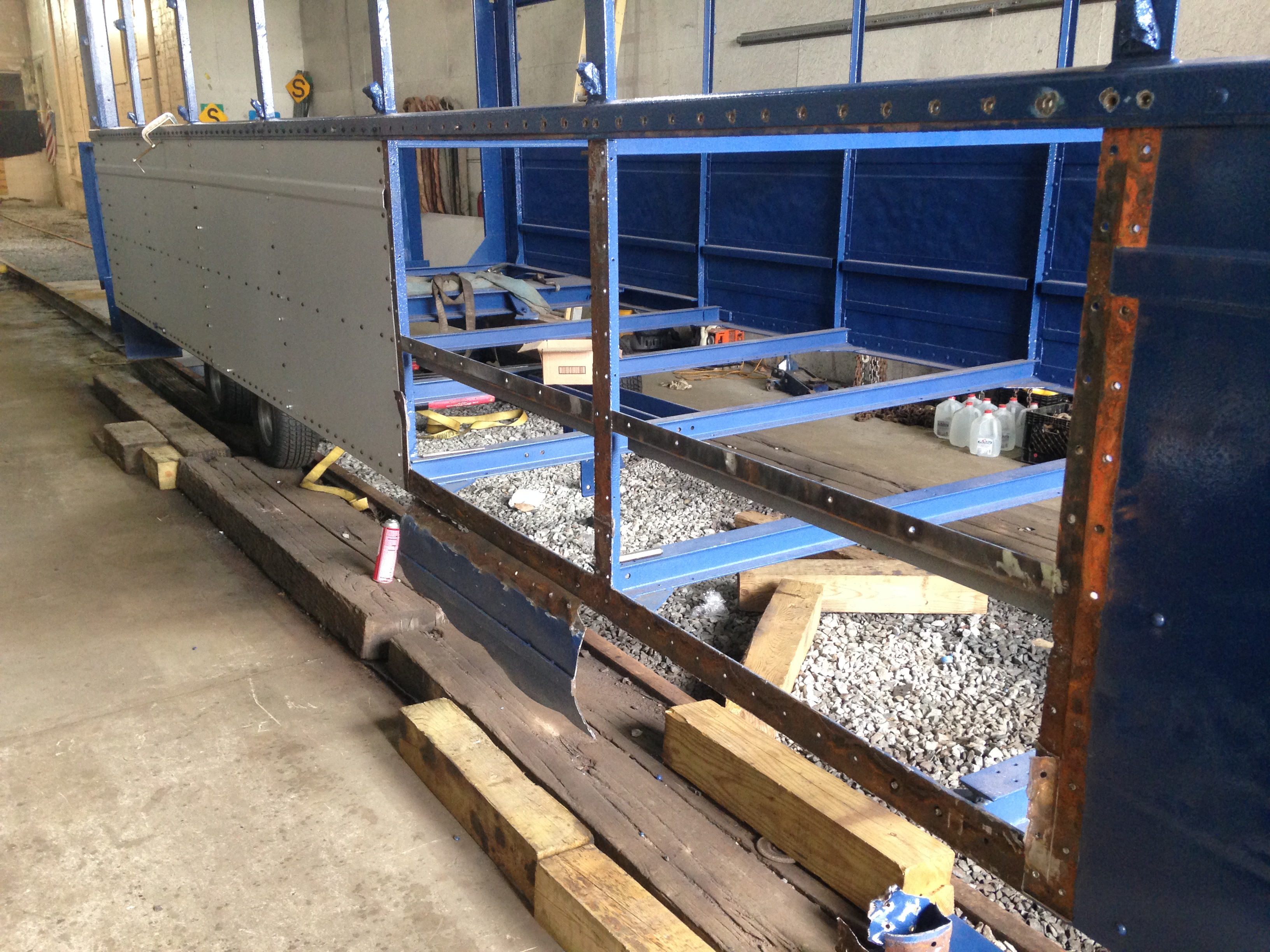
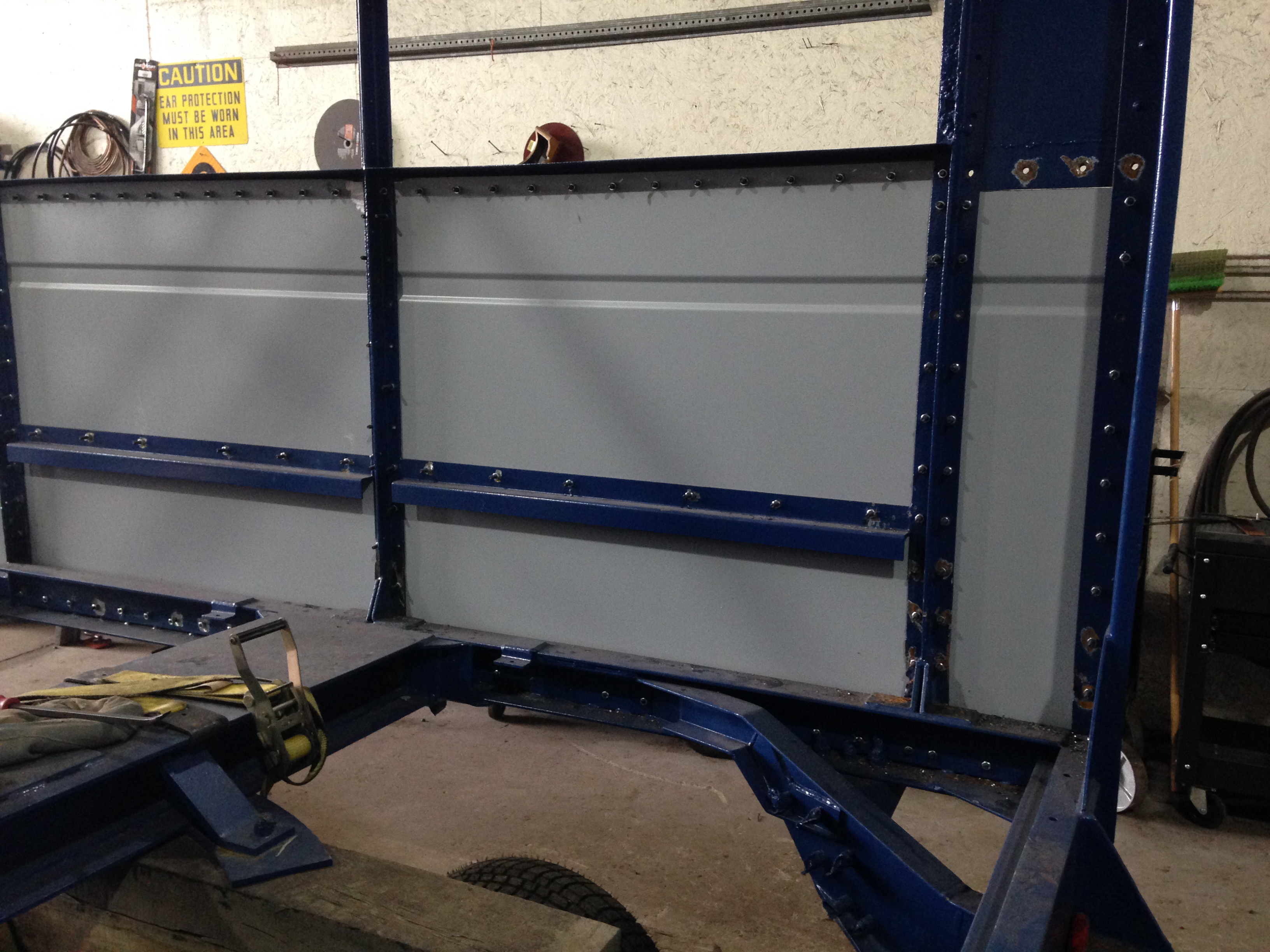
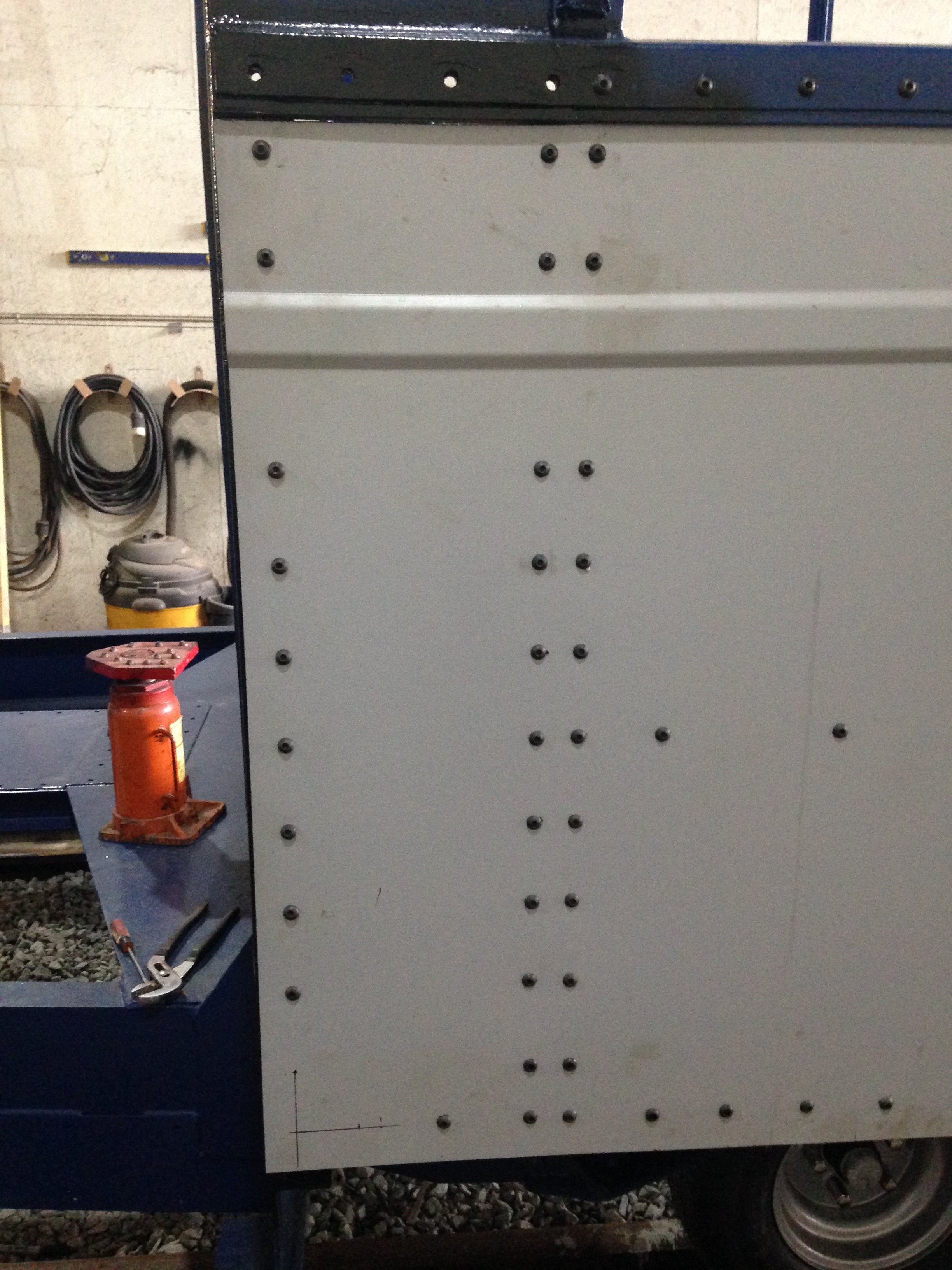 May 2nd, 2019. New side sheets are fitted to the restored frame. - Rocco A. Genovese photos.
May 2nd, 2019. New side sheets are fitted to the restored frame. - Rocco A. Genovese photos.
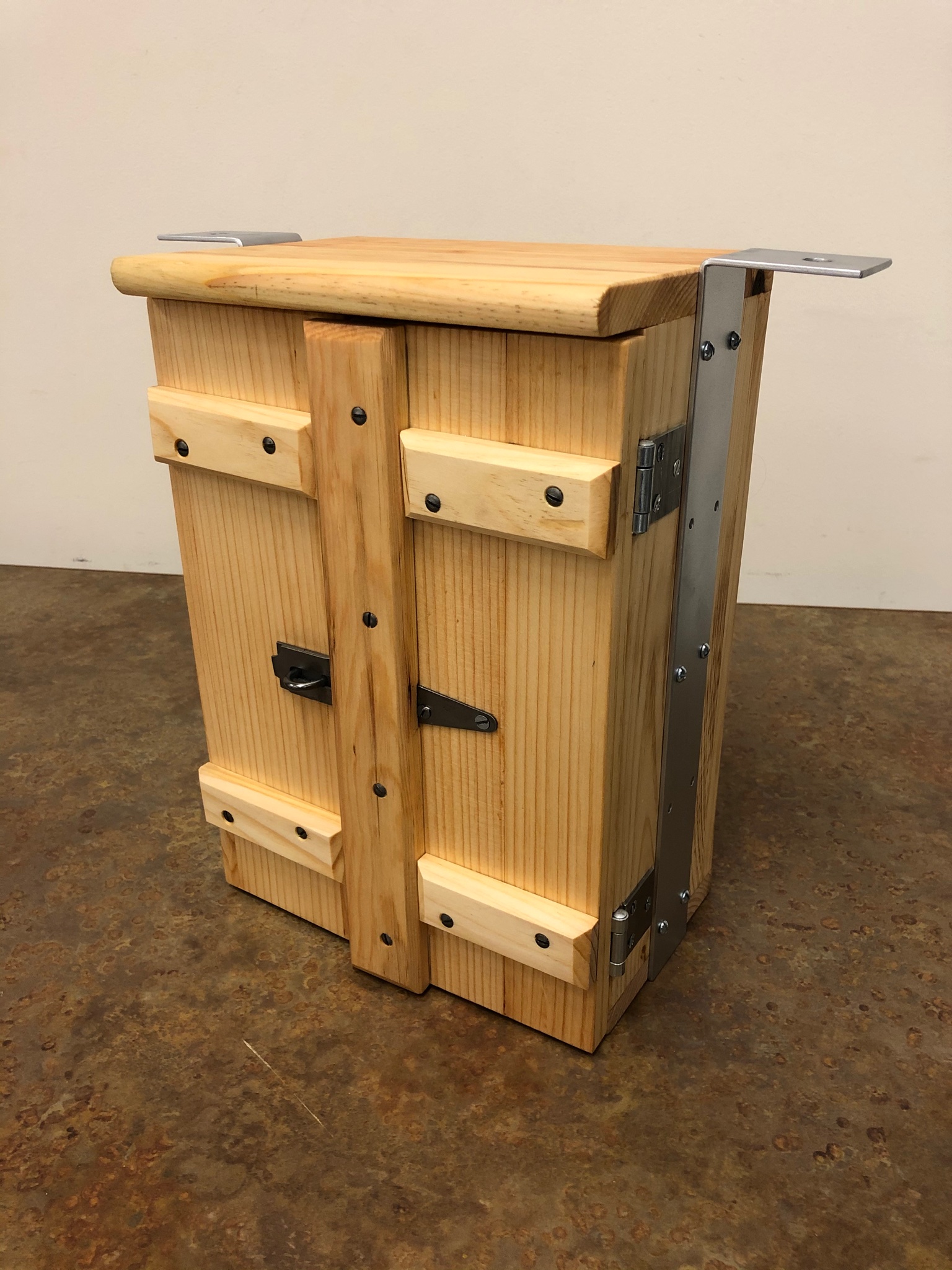
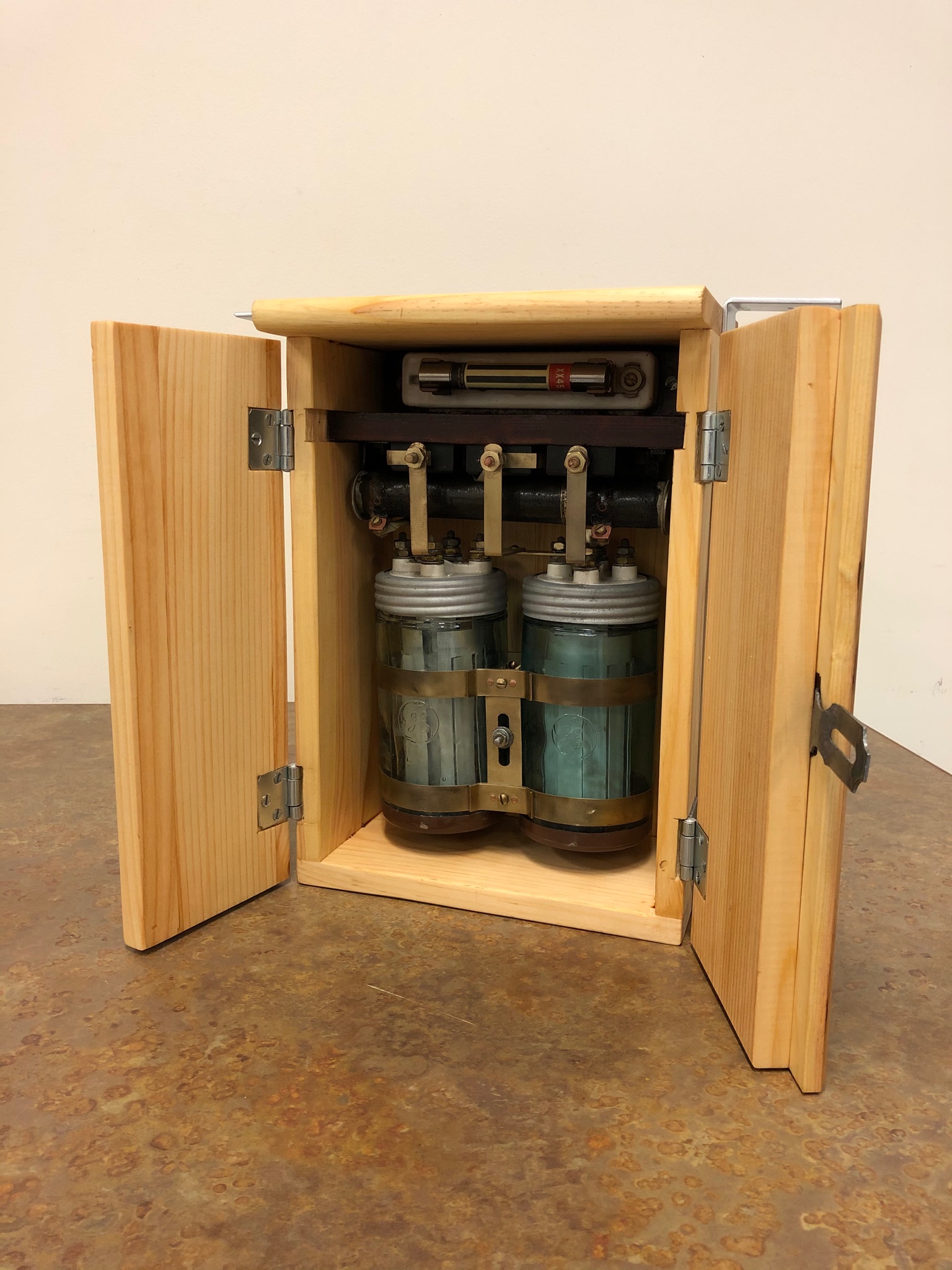 March 2020. Lightning arrester cosmetically replicated by Harry Mumford and Dan Hryhorcoff.
March 2020. Lightning arrester cosmetically replicated by Harry Mumford and Dan Hryhorcoff.
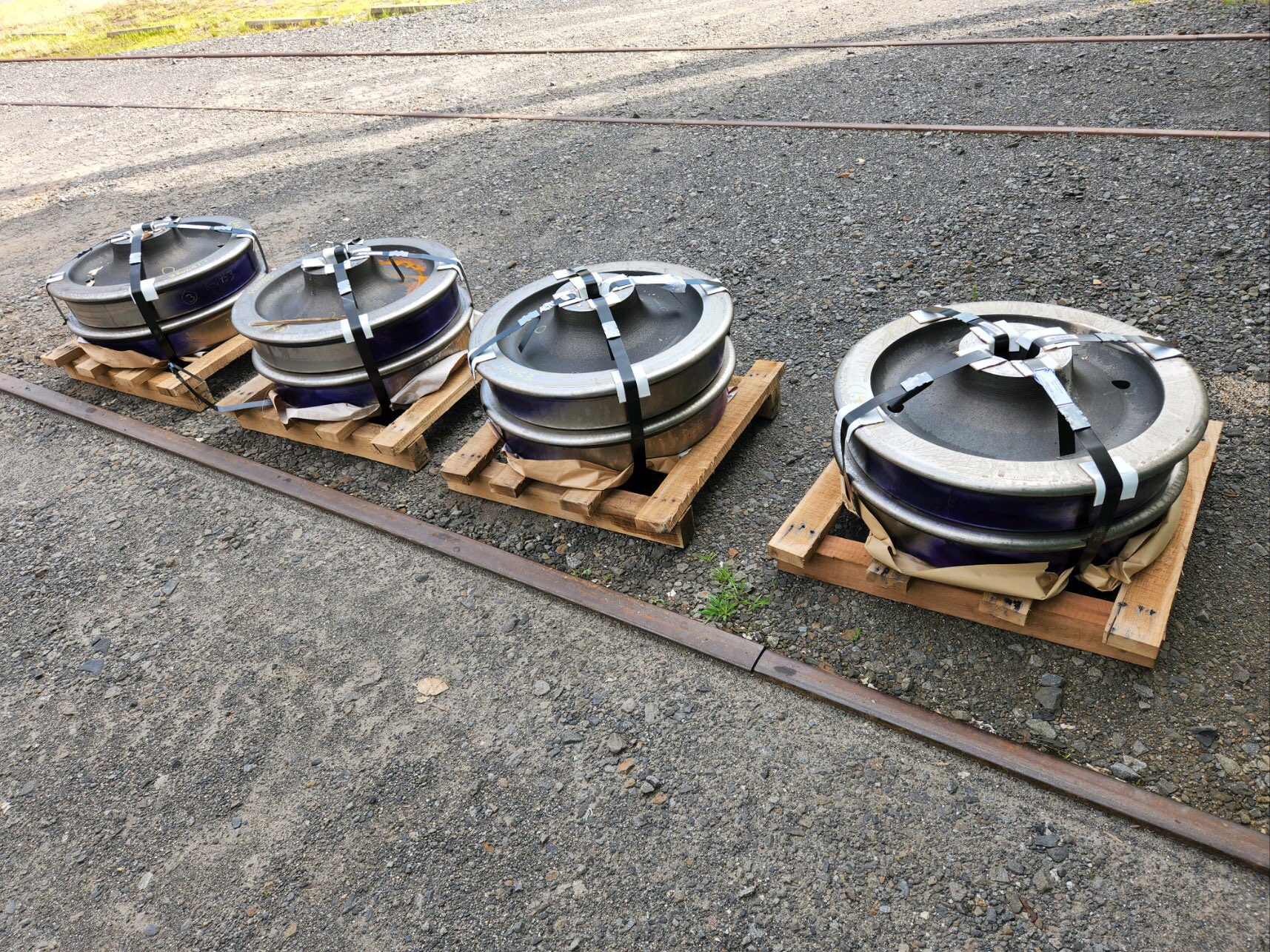 February 2023. New 26" wheels were received from McKees Rocks Forgings. Funding was provided in part by a
Pennsylvania Local Share Account grant, the National Railway Historical Society, and the Lackawanna Heritage
Valley Authority in partnership with the National Park Service.
February 2023. New 26" wheels were received from McKees Rocks Forgings. Funding was provided in part by a
Pennsylvania Local Share Account grant, the National Railway Historical Society, and the Lackawanna Heritage
Valley Authority in partnership with the National Park Service.
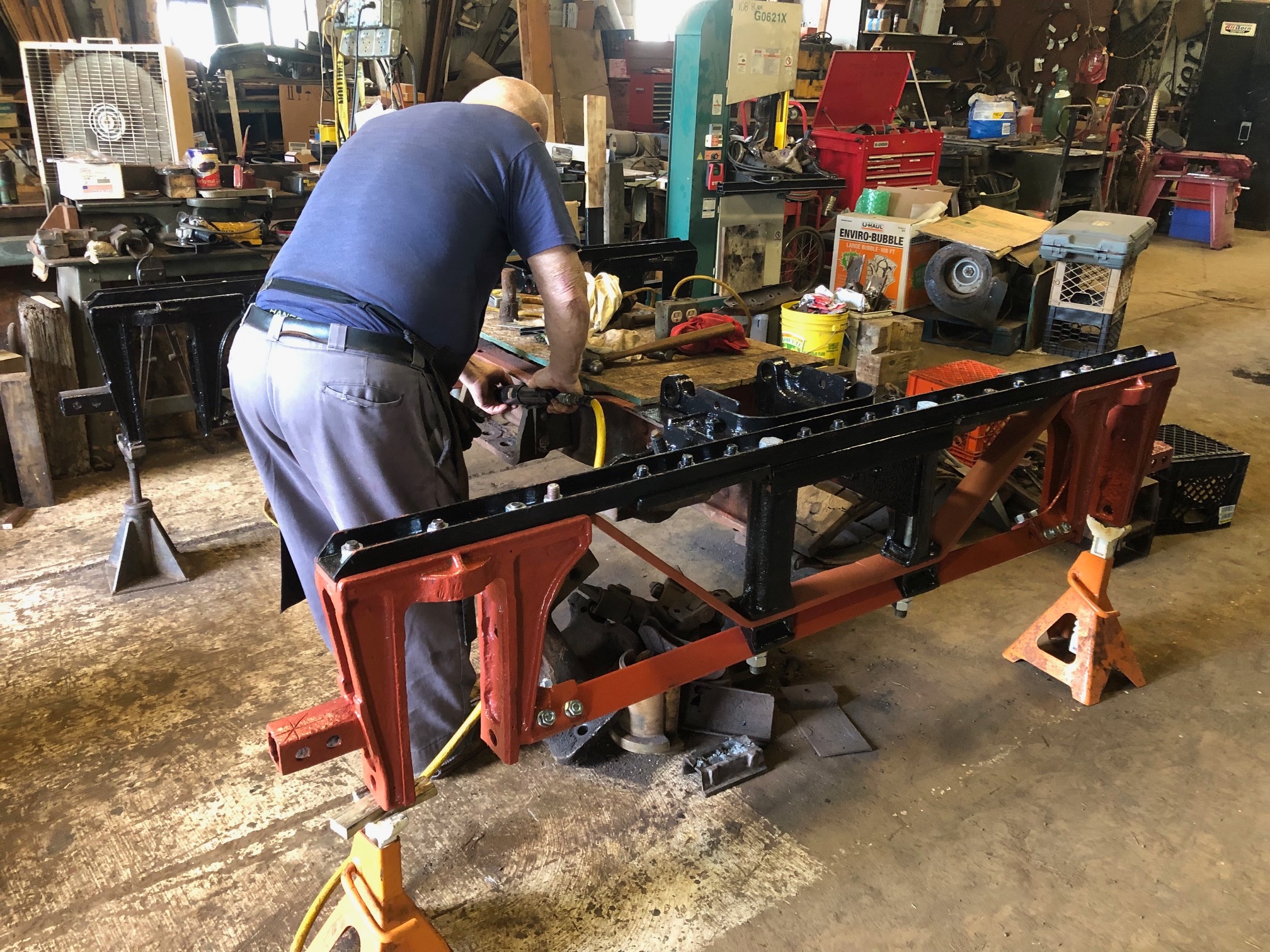
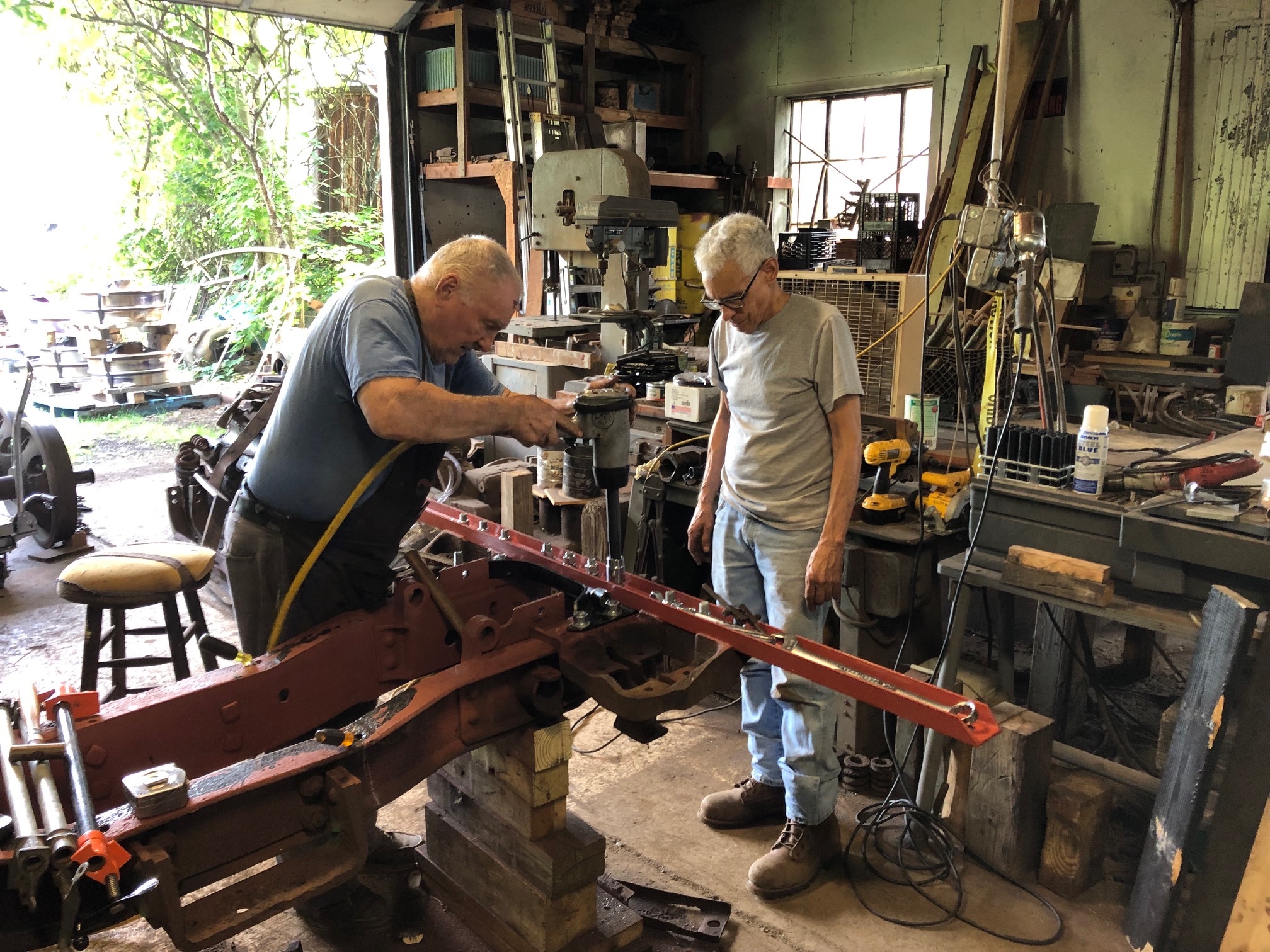 December 2023. Truck work begins in earnest, pictured are volunteers Ron Walker and Dick Berk.
December 2023. Truck work begins in earnest, pictured are volunteers Ron Walker and Dick Berk.
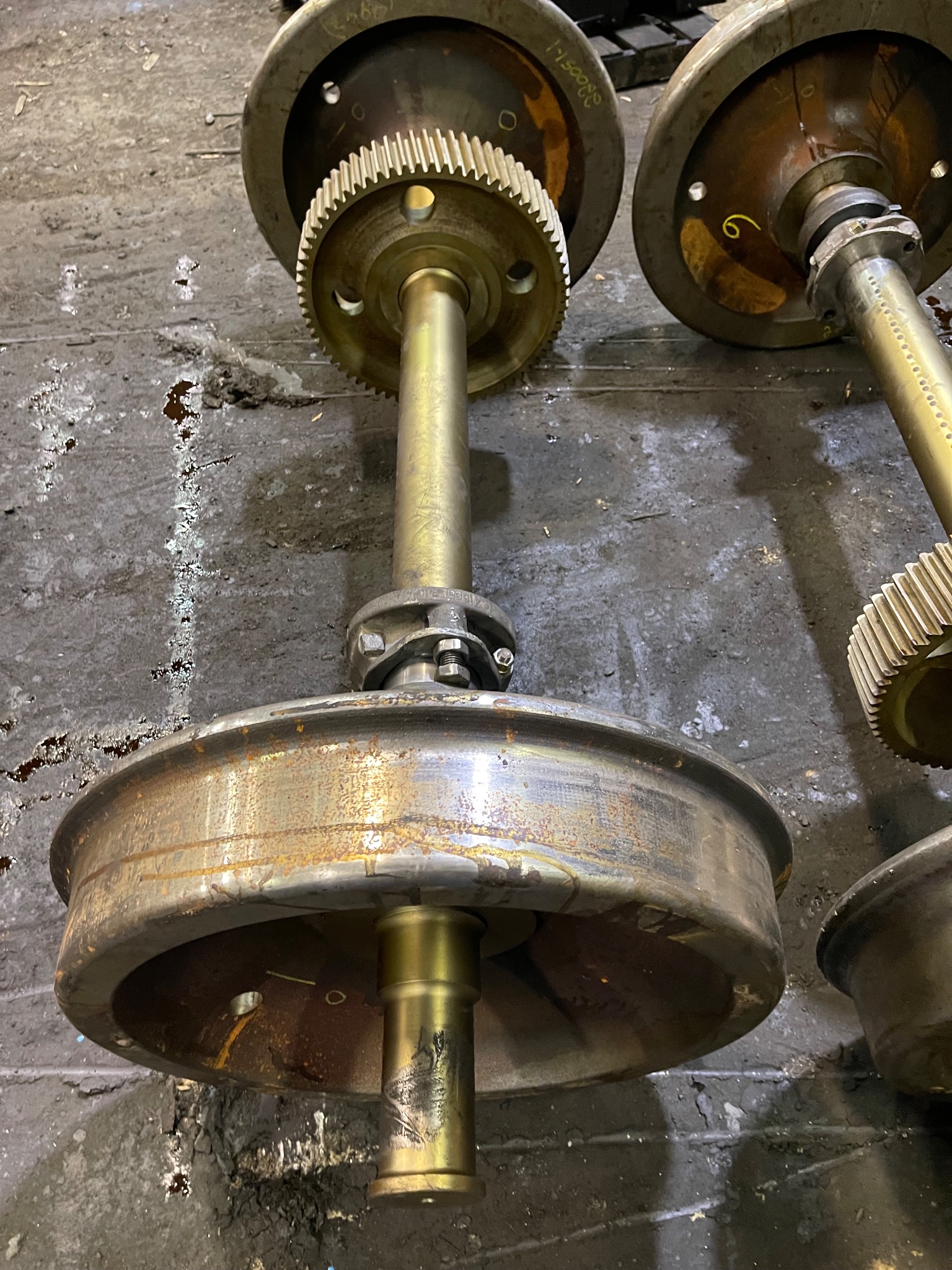
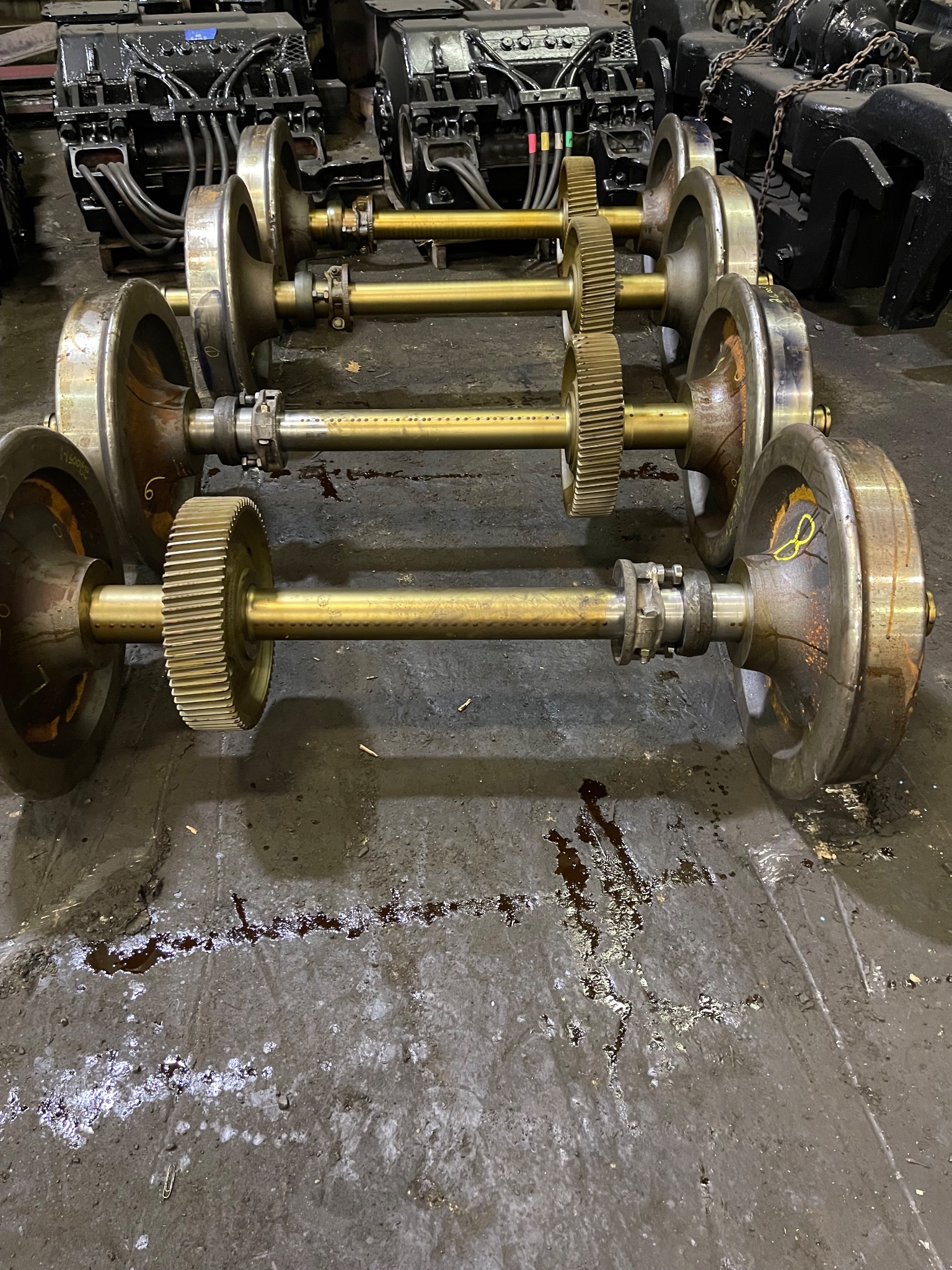 December 2023. Wheelsets are completed by Lyons Industries, Ebensburg, PA.
December 2023. Wheelsets are completed by Lyons Industries, Ebensburg, PA.
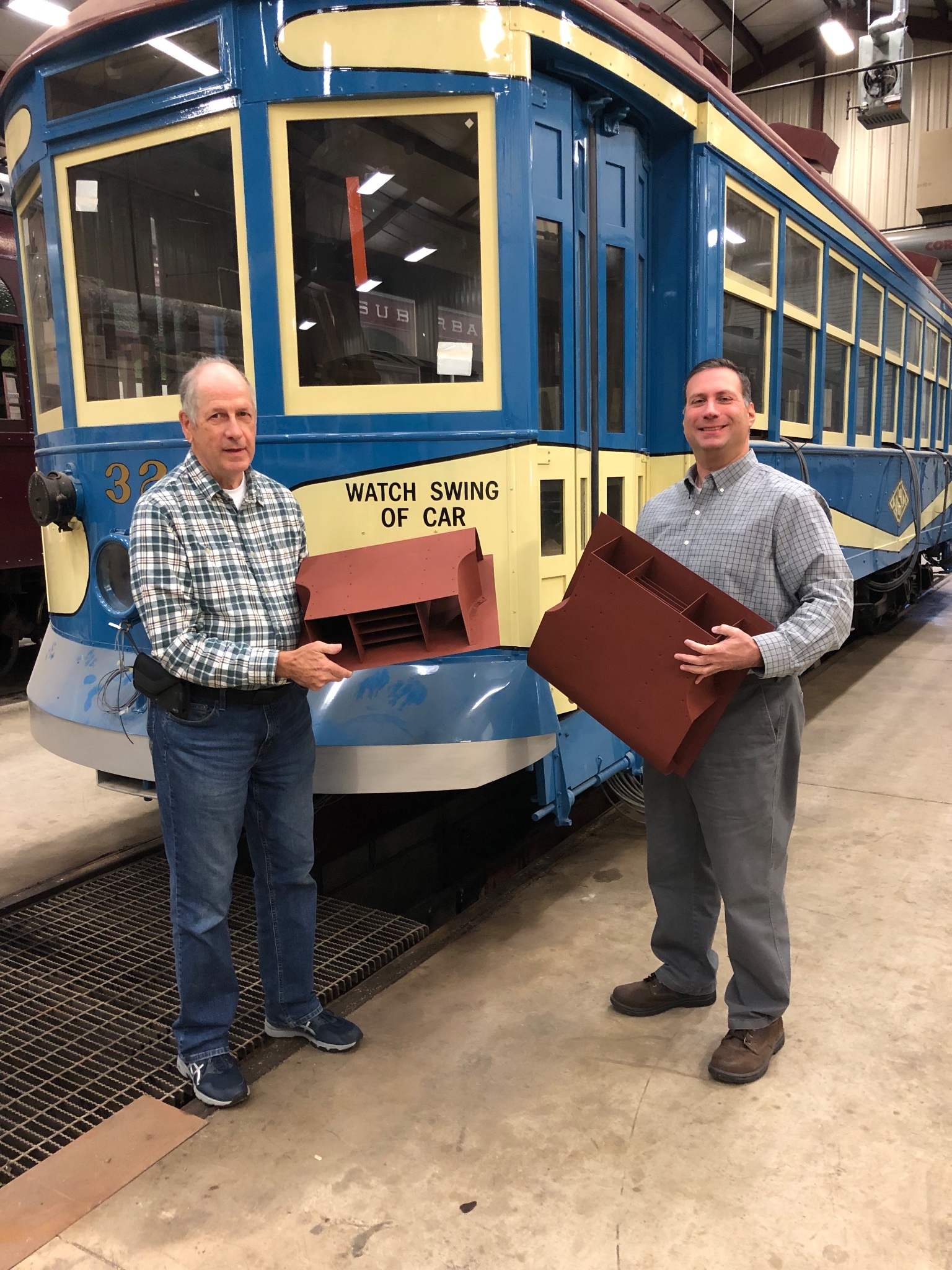 December 2023. New roof ventilators for 505 manufactured by Scranton Sheet Metal, Inc. Pictured are volunteers Norm Barrett and Rocco Genovese with Scranton 324 in the background.
December 2023. New roof ventilators for 505 manufactured by Scranton Sheet Metal, Inc. Pictured are volunteers Norm Barrett and Rocco Genovese with Scranton 324 in the background.
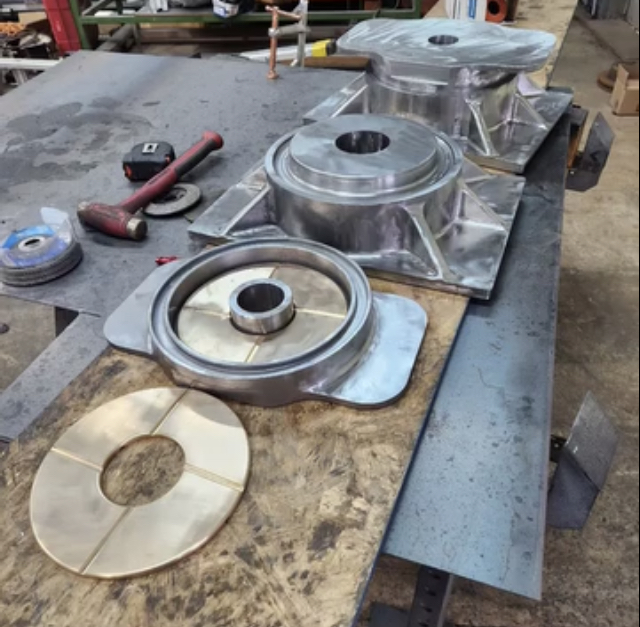
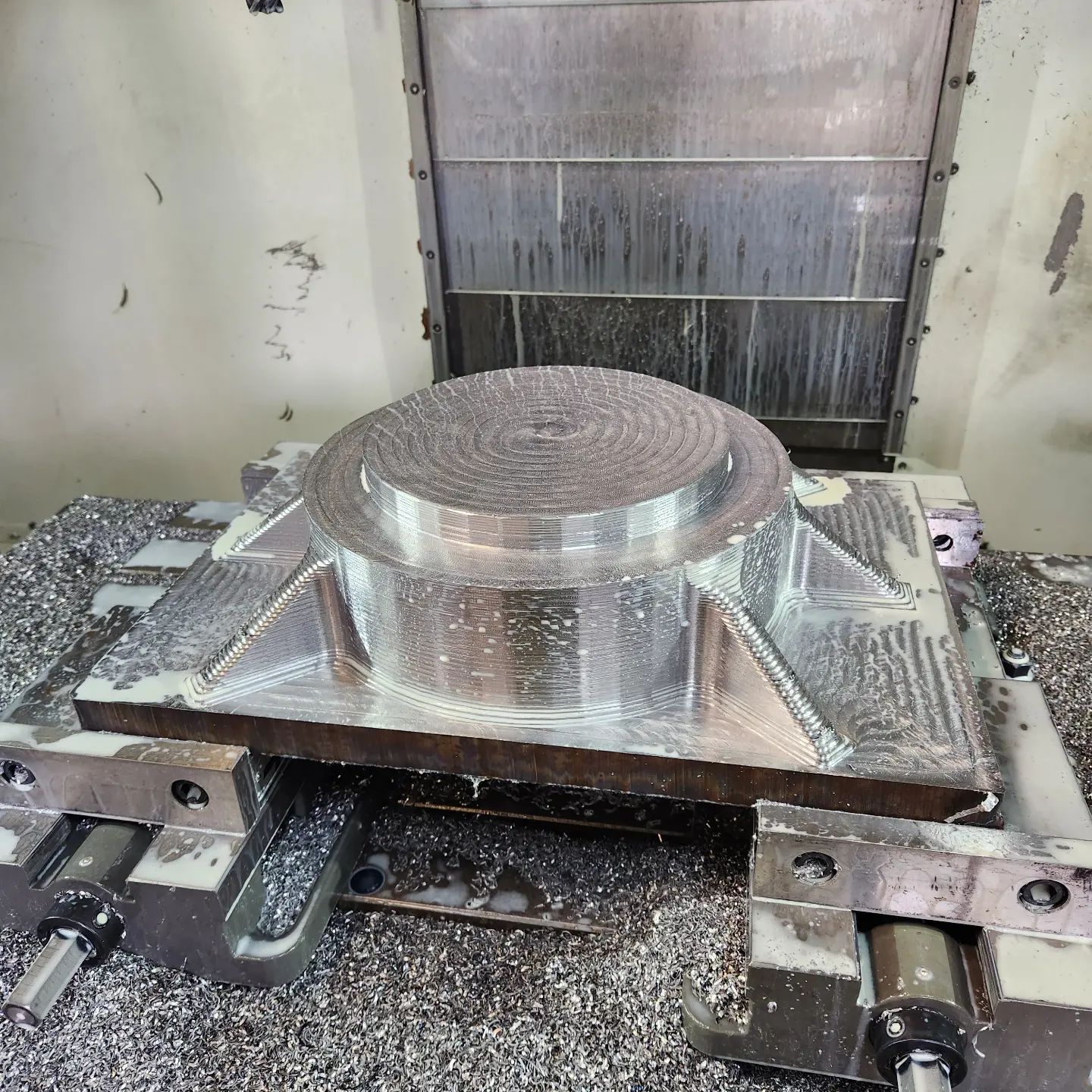 December 2023. New bolster bearing assemblies in process by HMC Tech of Factoryville, PA. Funding provided in part by the Lackawanna Heritage Valley Authority in partnership with the National Park Service.
December 2023. New bolster bearing assemblies in process by HMC Tech of Factoryville, PA. Funding provided in part by the Lackawanna Heritage Valley Authority in partnership with the National Park Service.
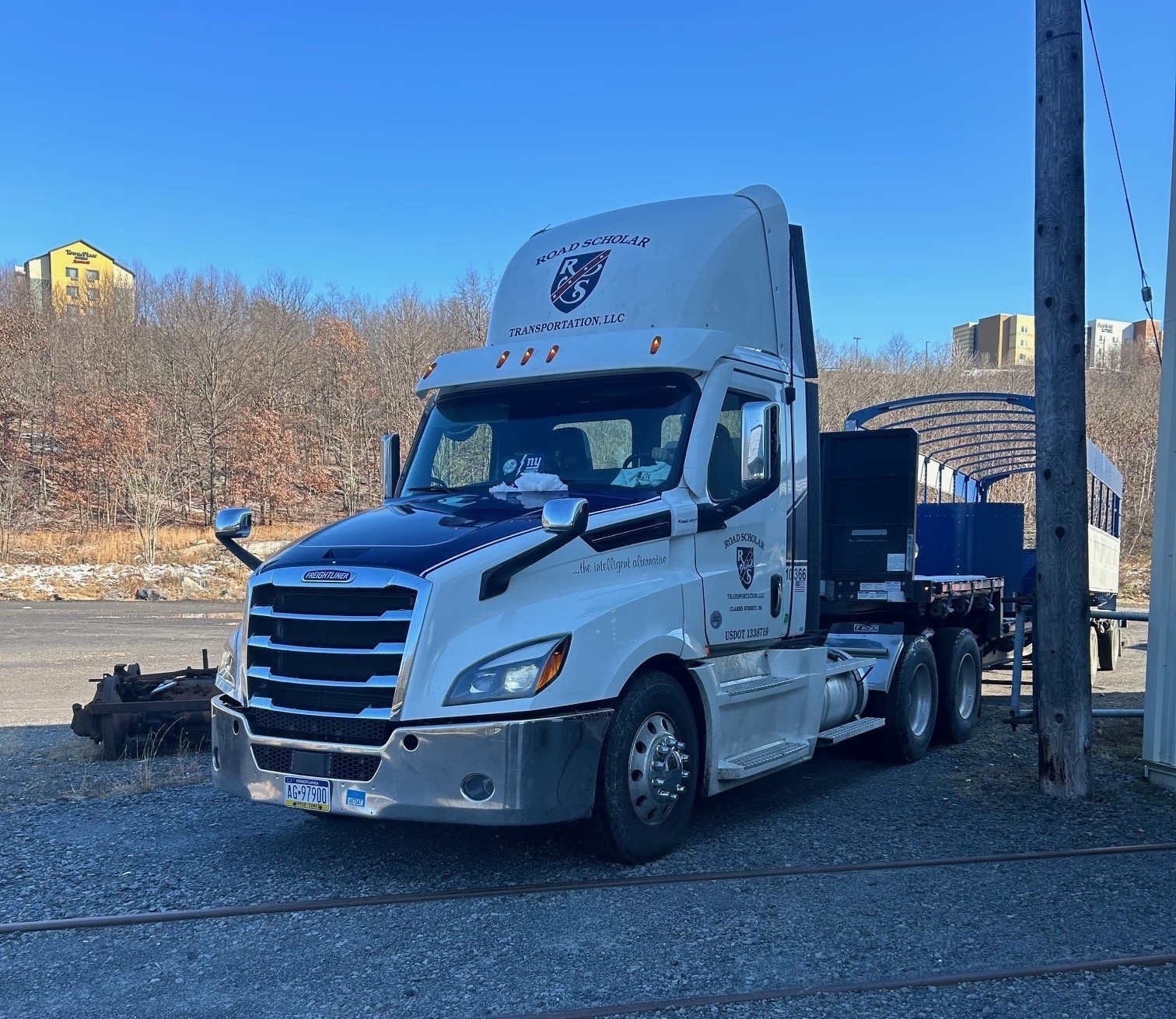
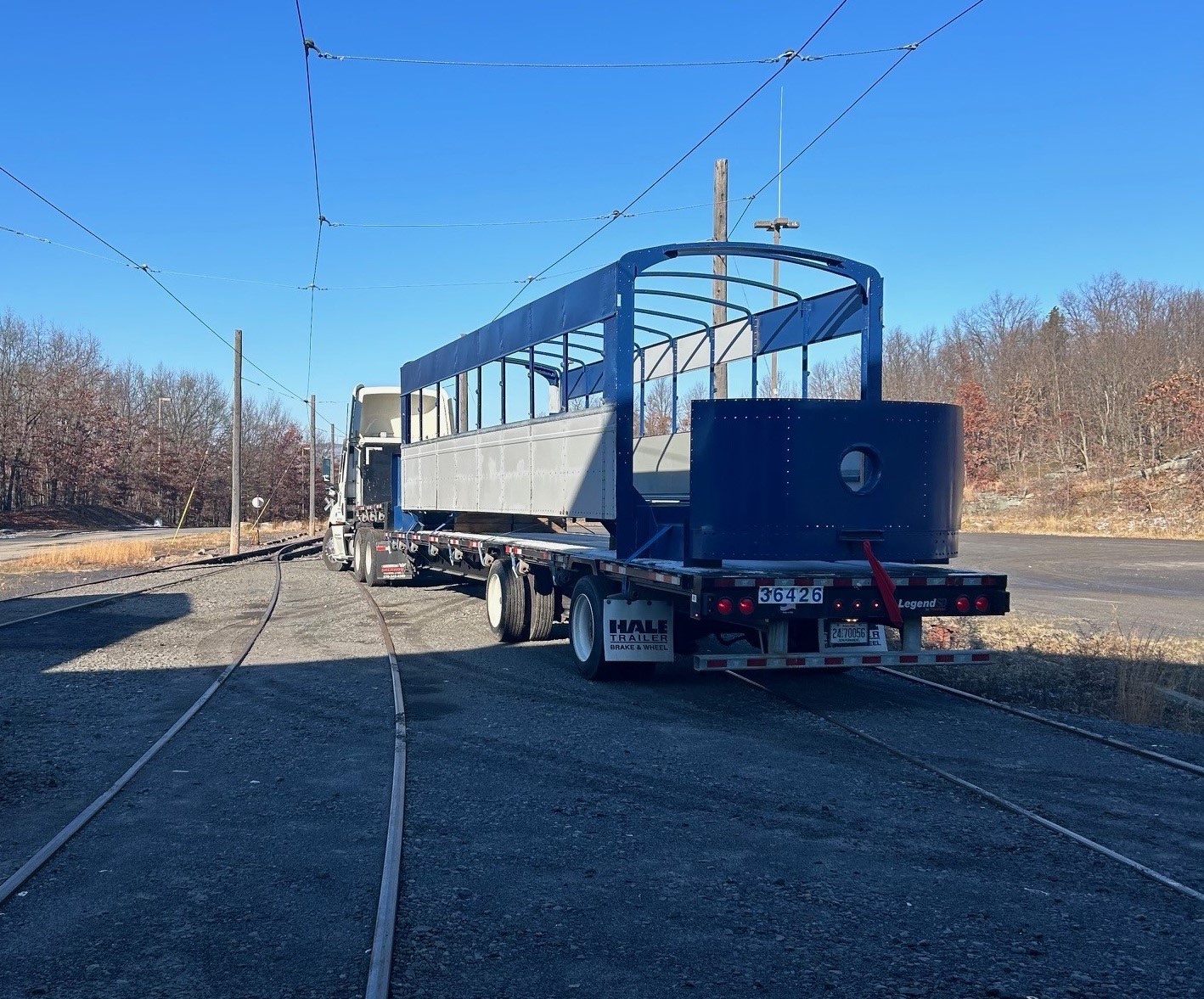 December 2023. 505 returns from Honesdale courtesy of Road Scholar Transport, Dunmore, PA.
December 2023. 505 returns from Honesdale courtesy of Road Scholar Transport, Dunmore, PA.
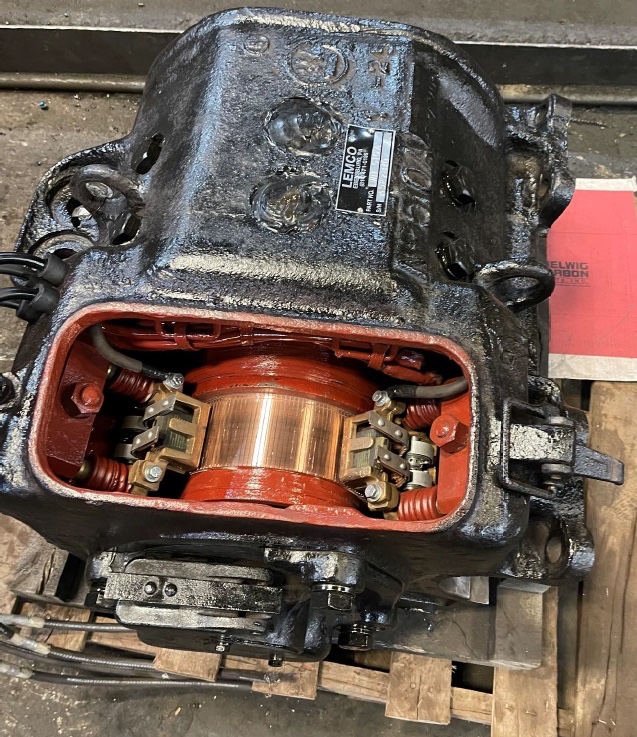 January 2024. First pair of Westinghouse 510A motors return from Lyons Industries, Ebensburg, PA.
January 2024. First pair of Westinghouse 510A motors return from Lyons Industries, Ebensburg, PA.
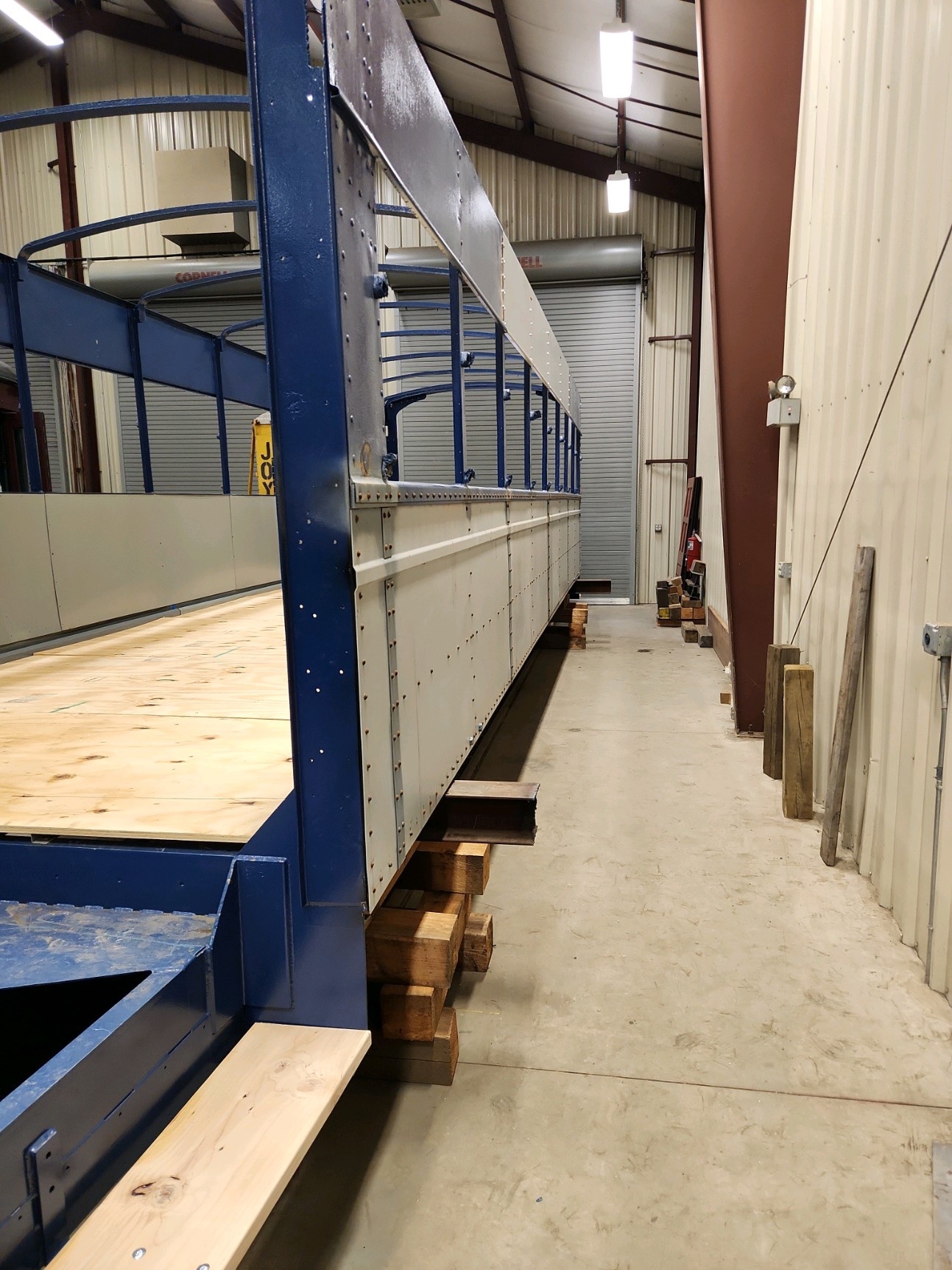
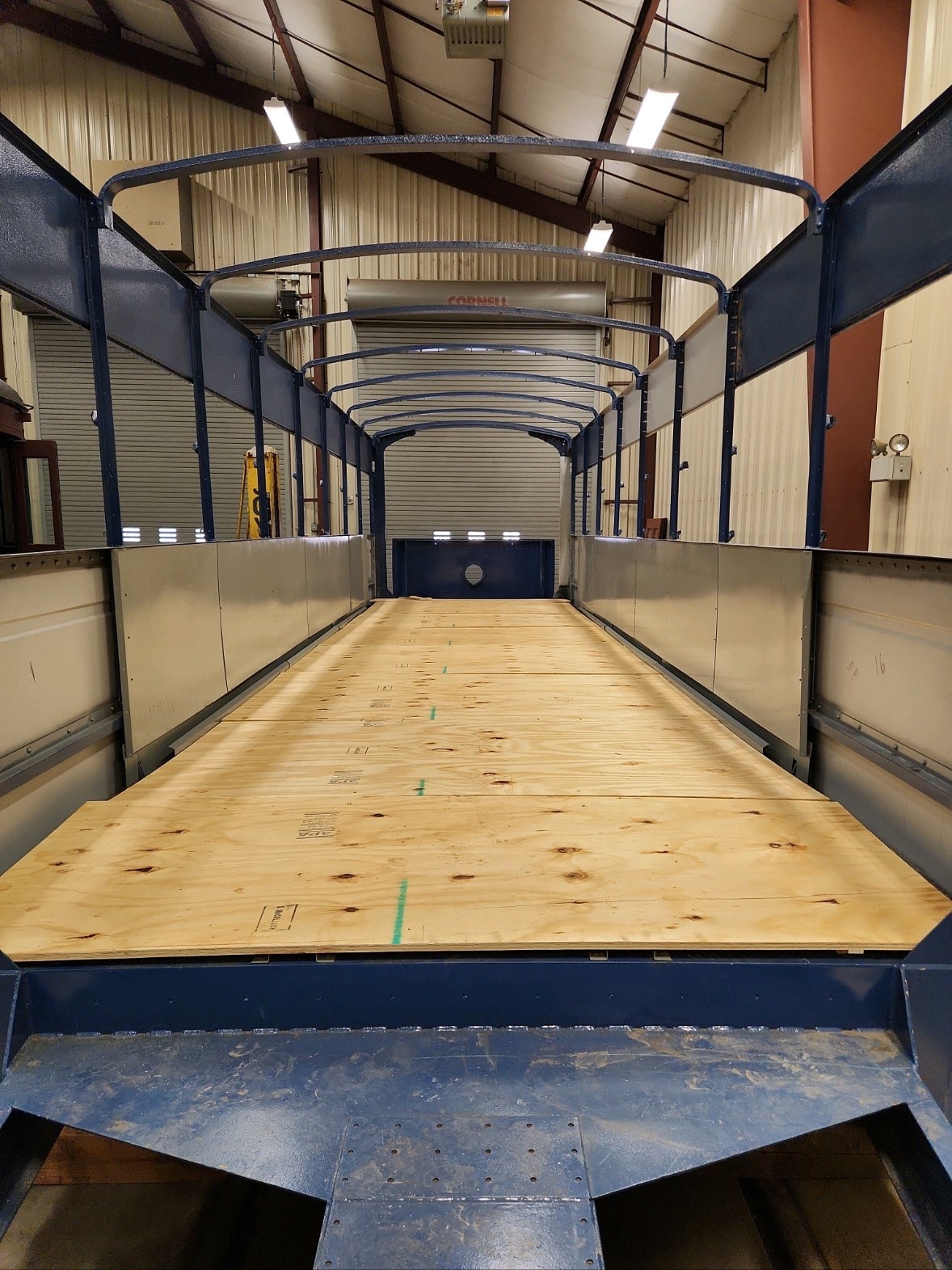 February 2024. Temporary flooring is installed in 505 to facilitate woodwork.
February 2024. Temporary flooring is installed in 505 to facilitate woodwork.
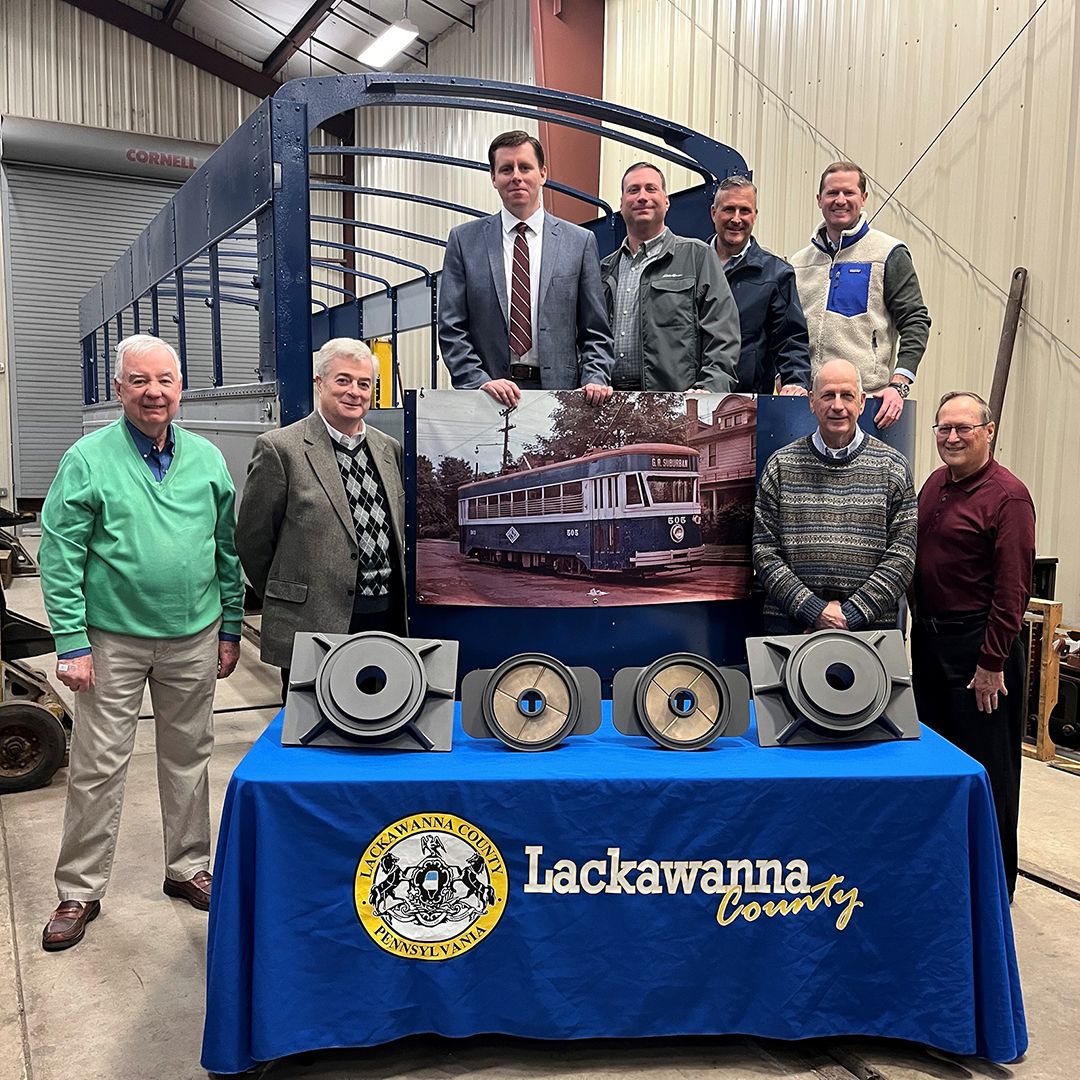 February 2024. The 505 Committee presents the completed bolster bearing plate assemblies which will allow the car to soon be reunited with its original trucks. In attendance, standing from left to right, John Sheerin, Joseph Corcoran, Norm Barrett, Charles Kumpas. Standing on the platform of 505, from left to right, Commissioner Bill Gaughan, Rocco Genovese, Commissioner Chris Chermak, Commissioner Matt McGloin.
February 2024. The 505 Committee presents the completed bolster bearing plate assemblies which will allow the car to soon be reunited with its original trucks. In attendance, standing from left to right, John Sheerin, Joseph Corcoran, Norm Barrett, Charles Kumpas. Standing on the platform of 505, from left to right, Commissioner Bill Gaughan, Rocco Genovese, Commissioner Chris Chermak, Commissioner Matt McGloin.